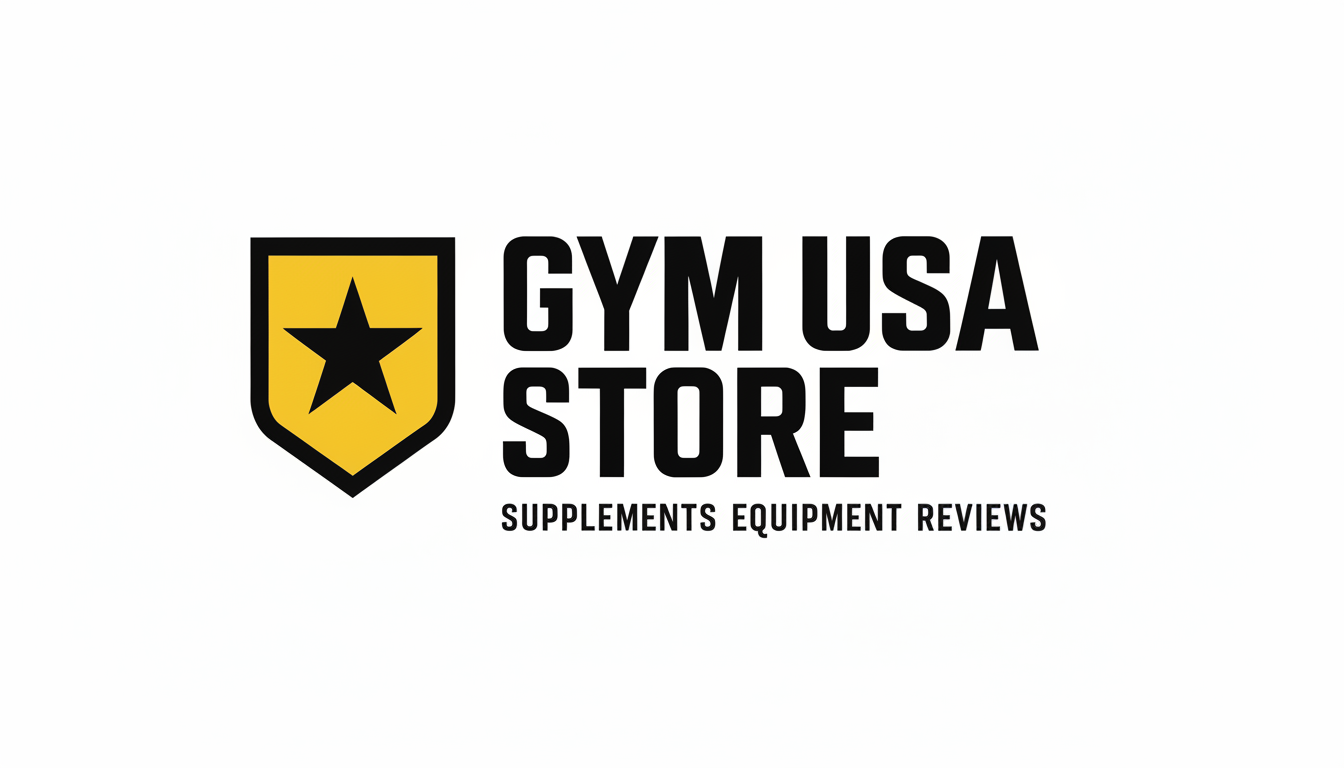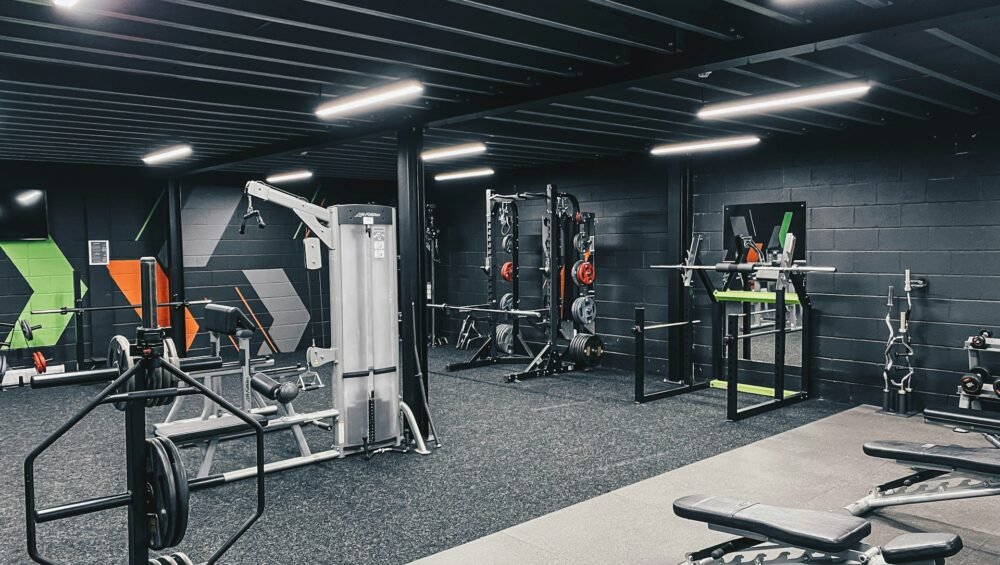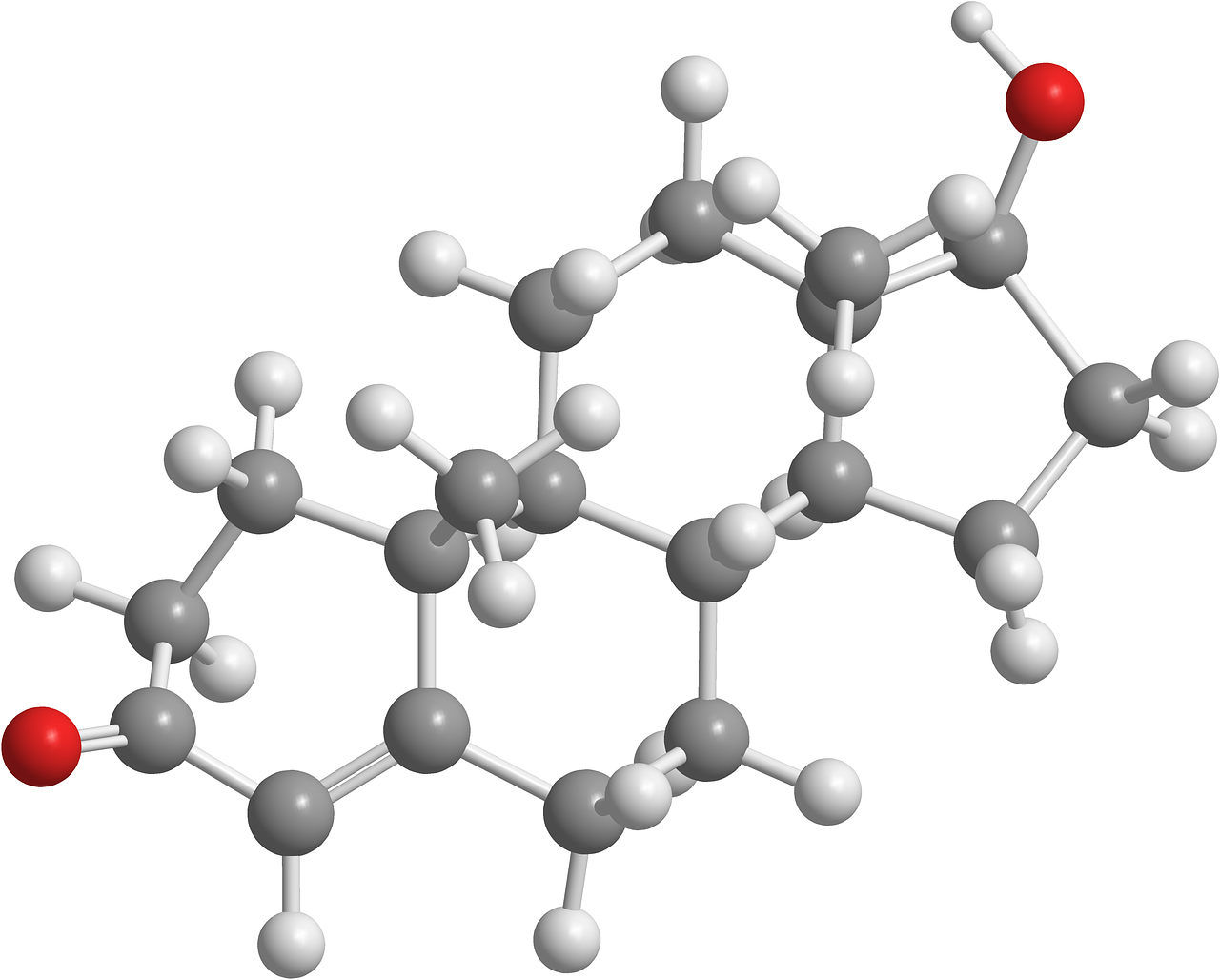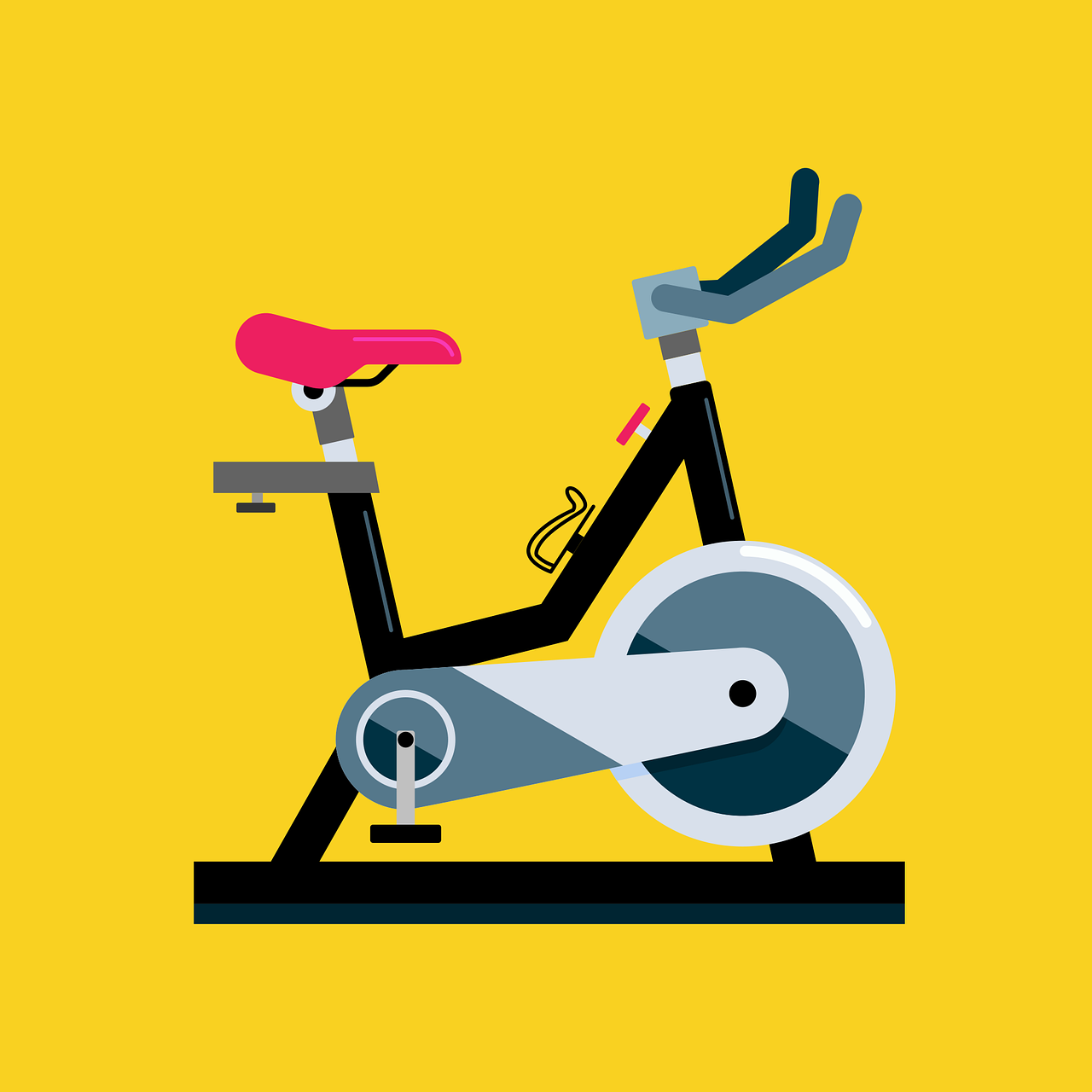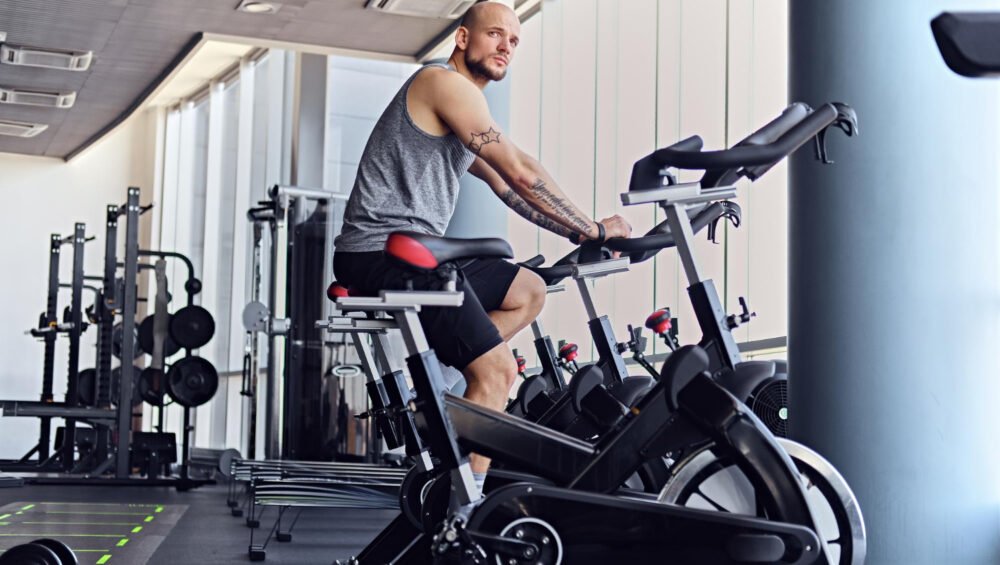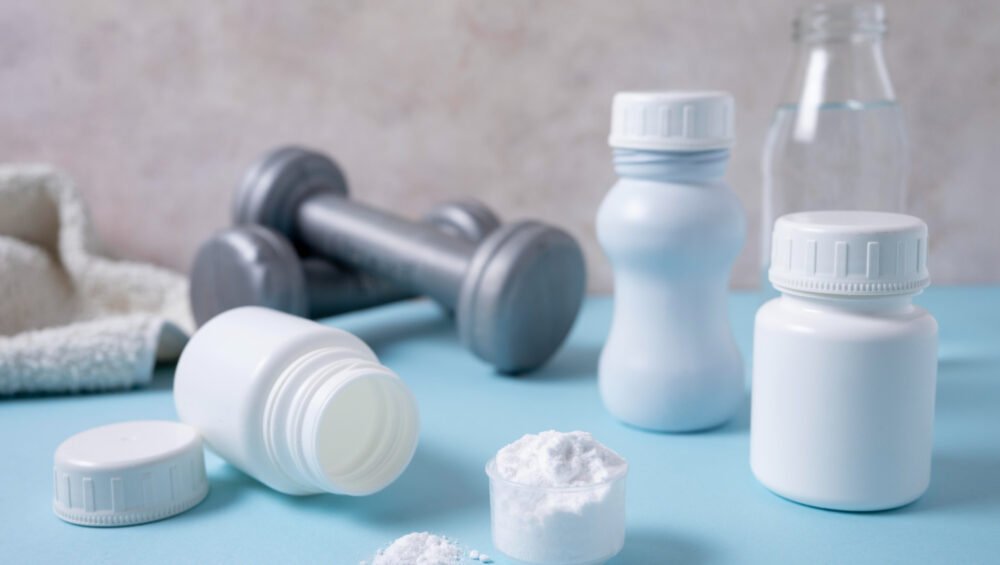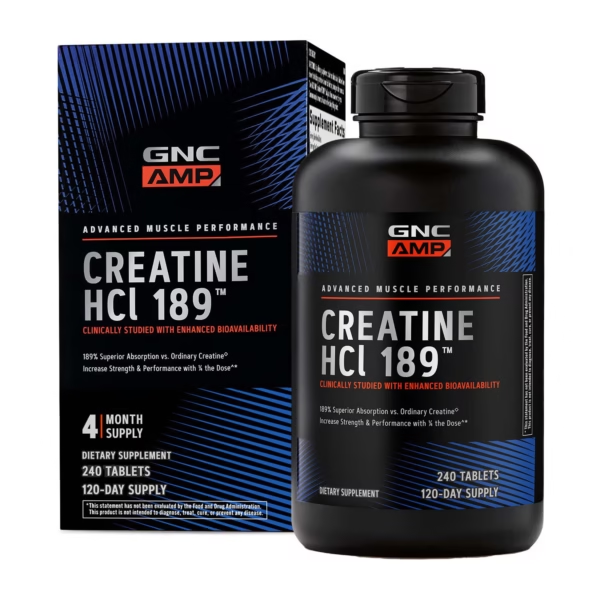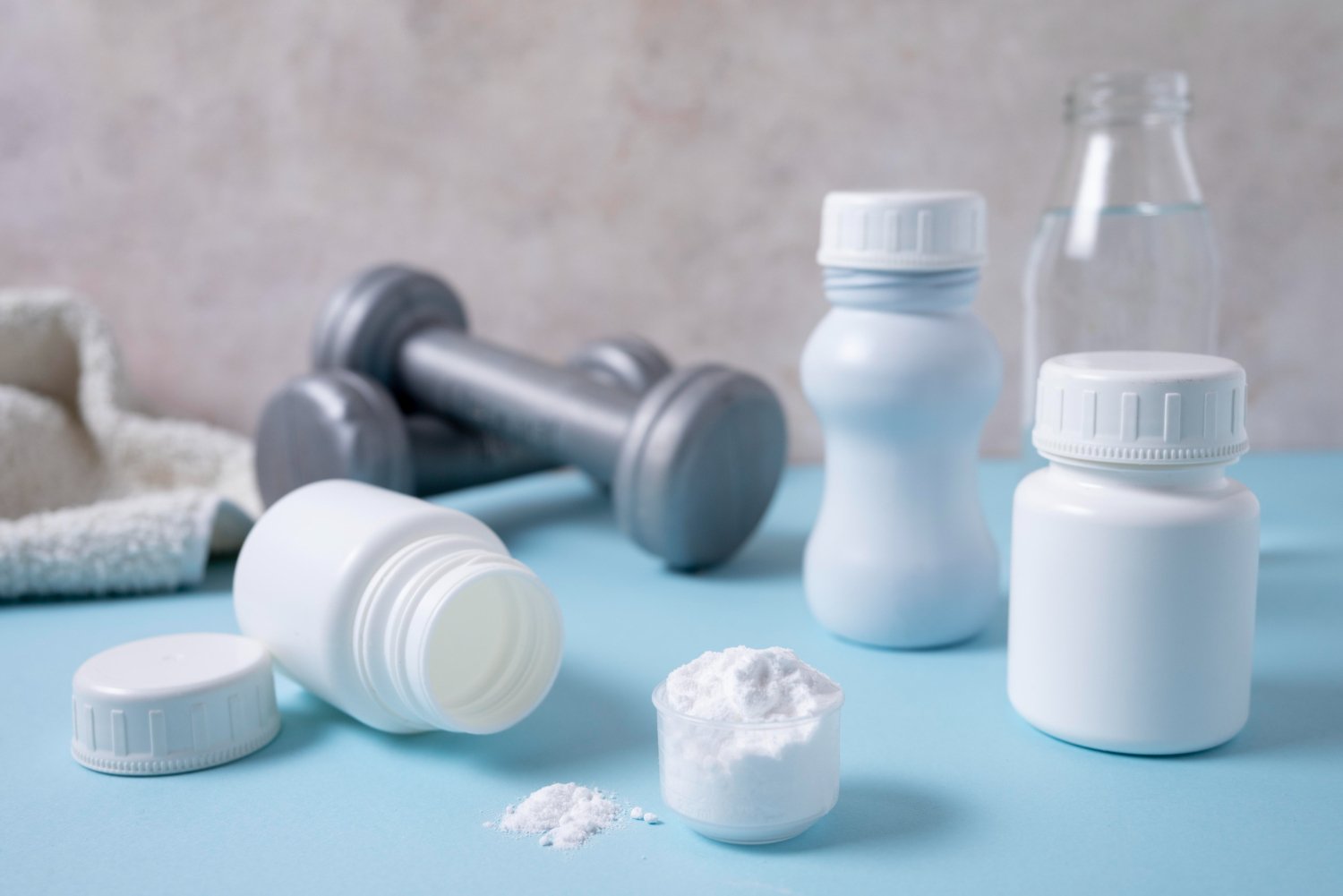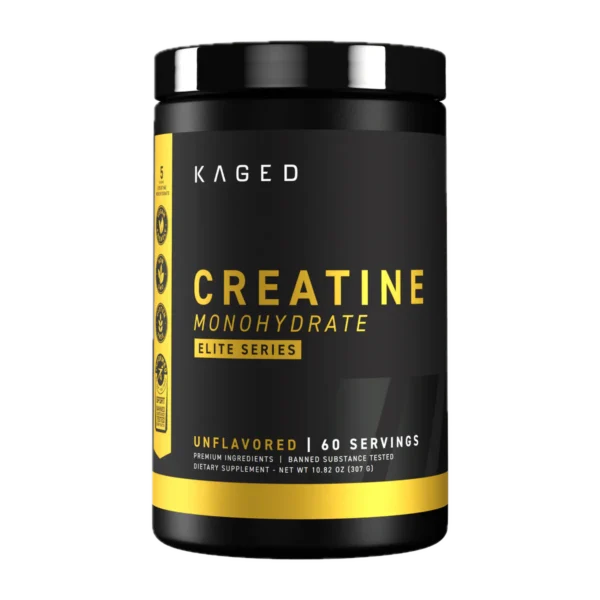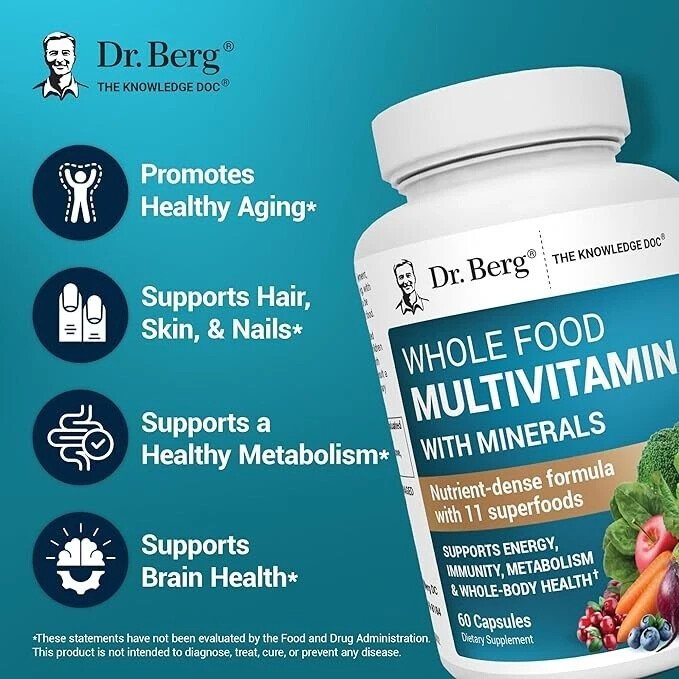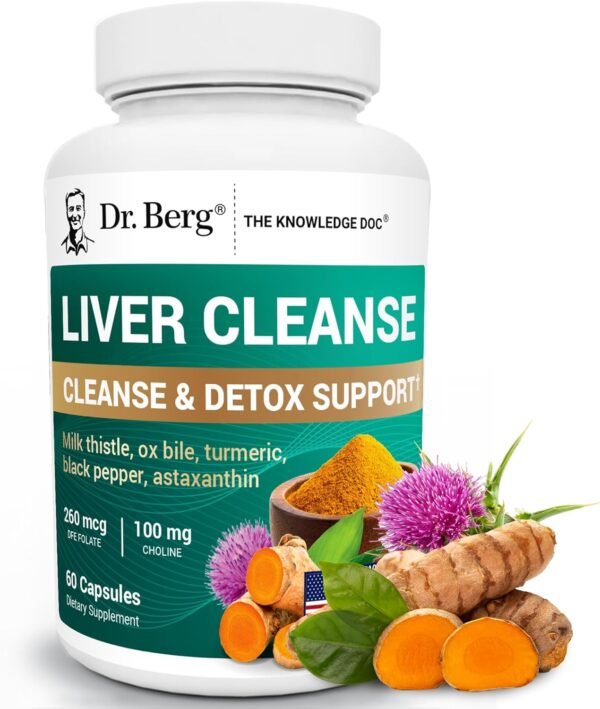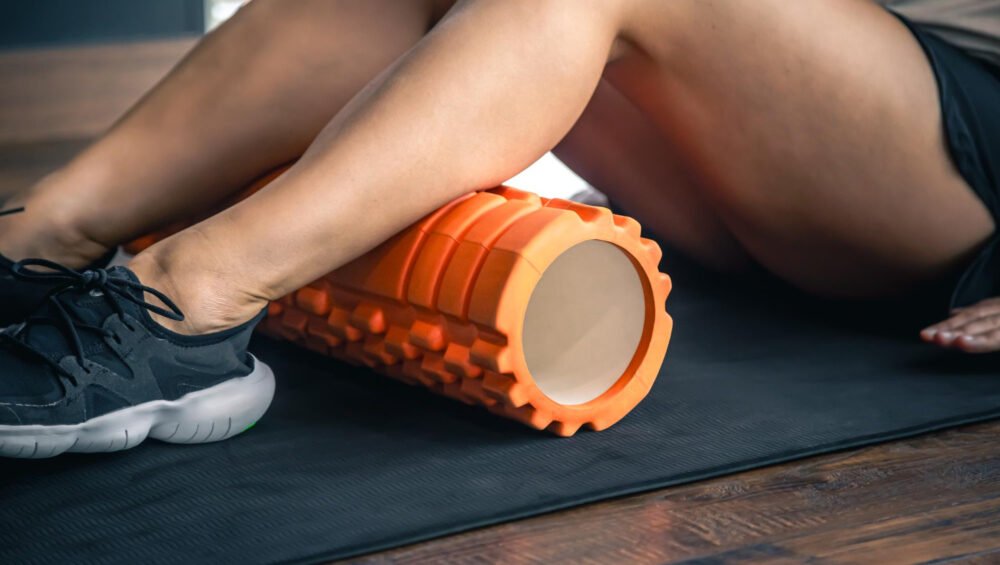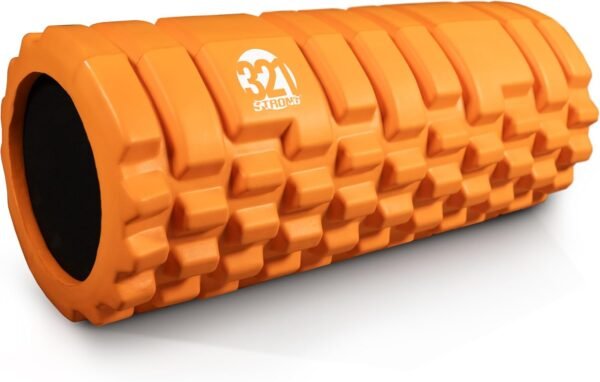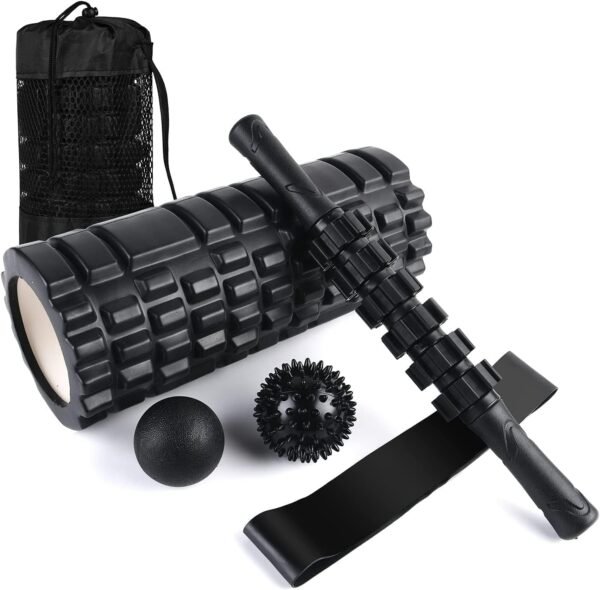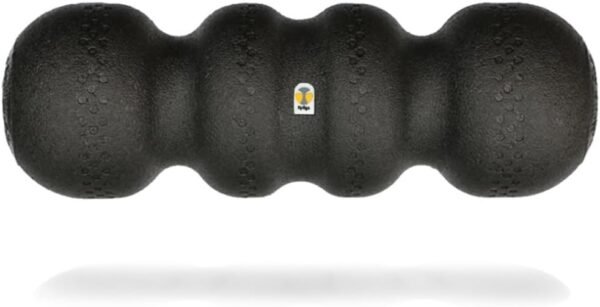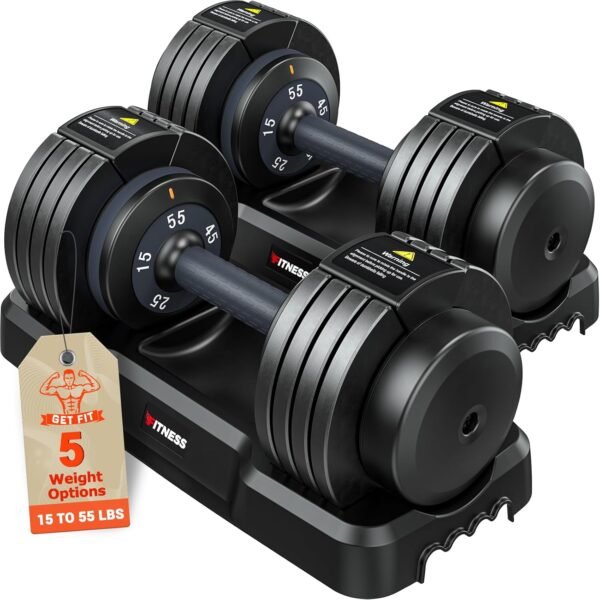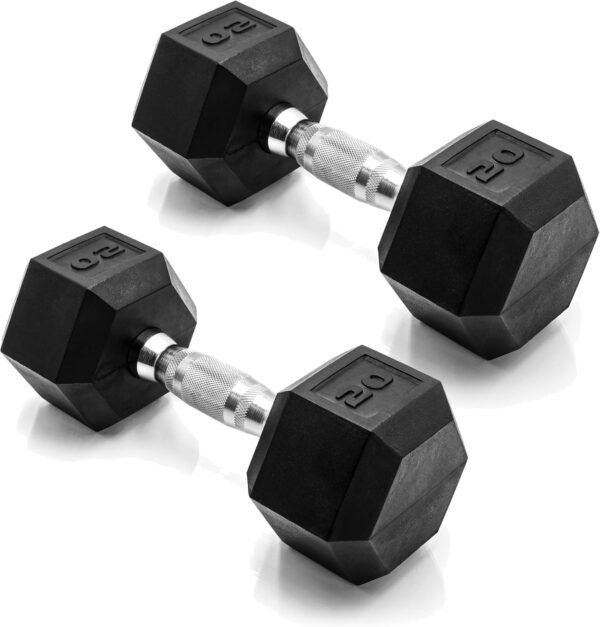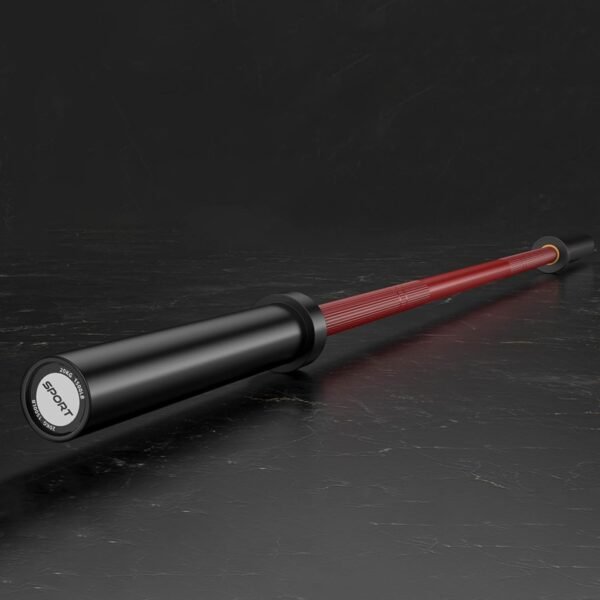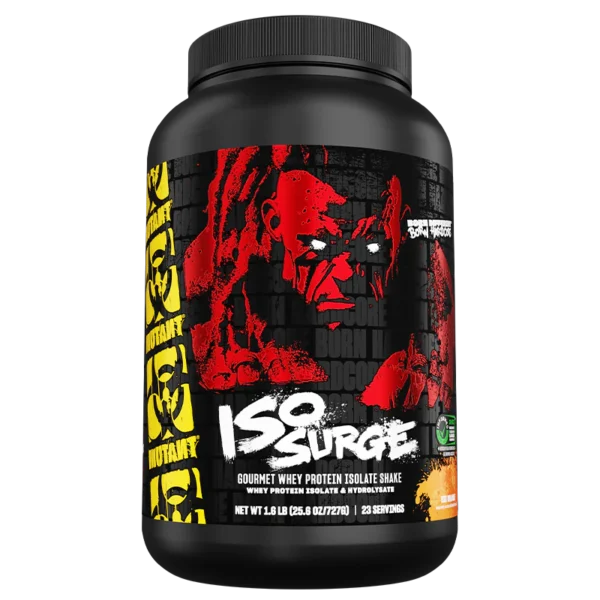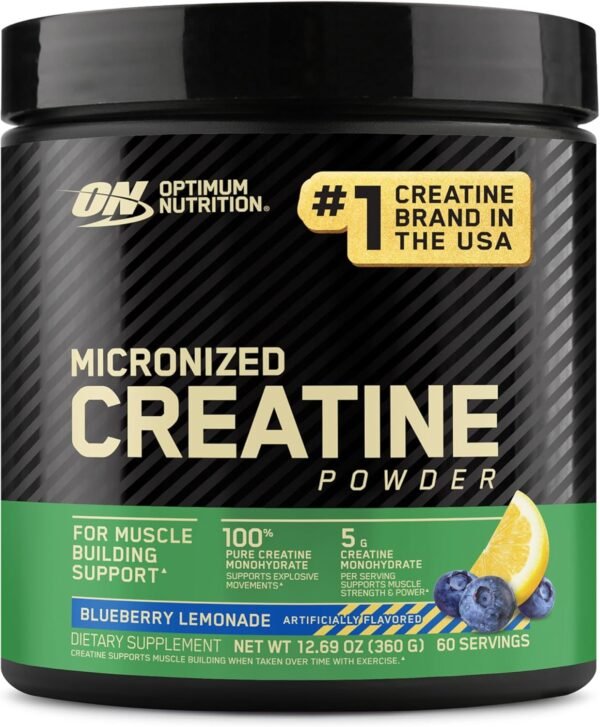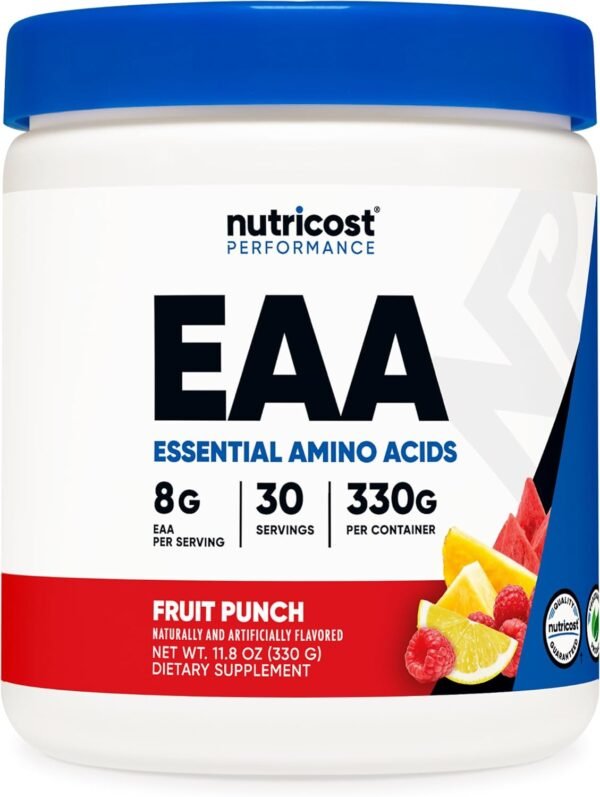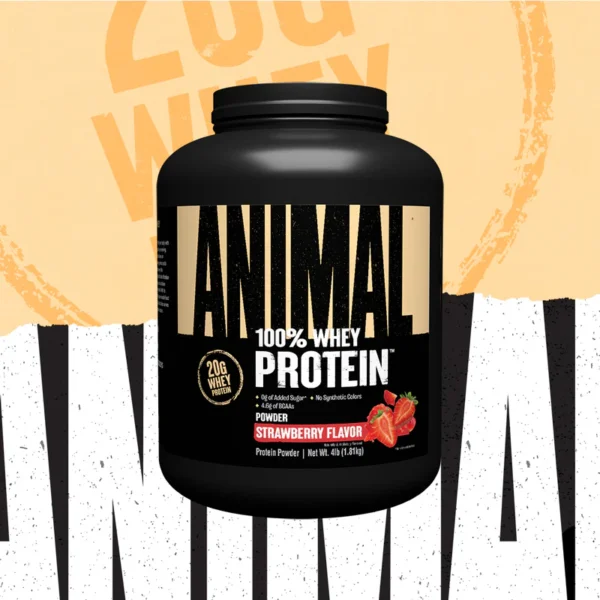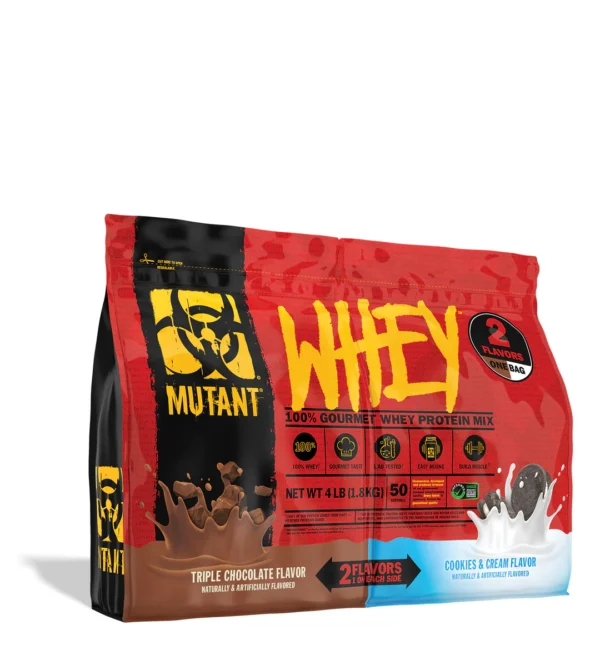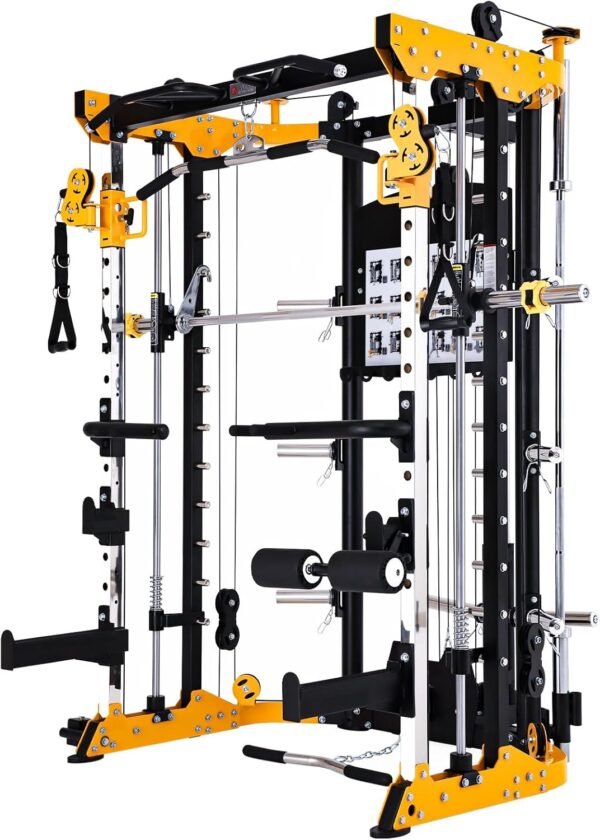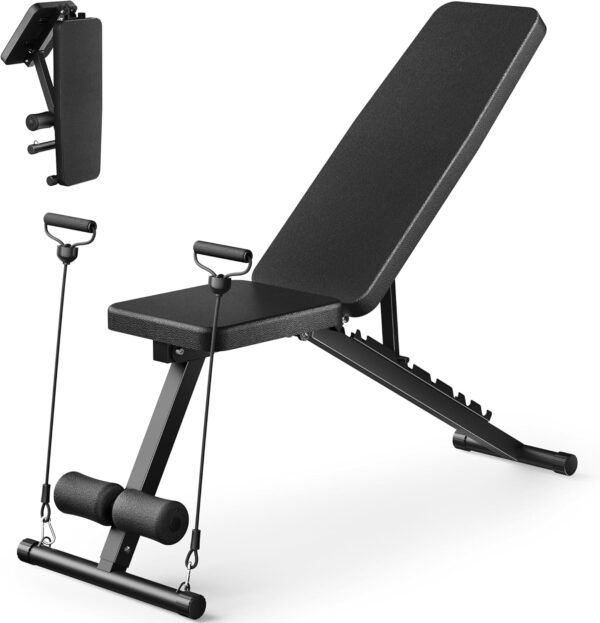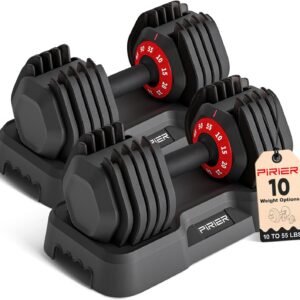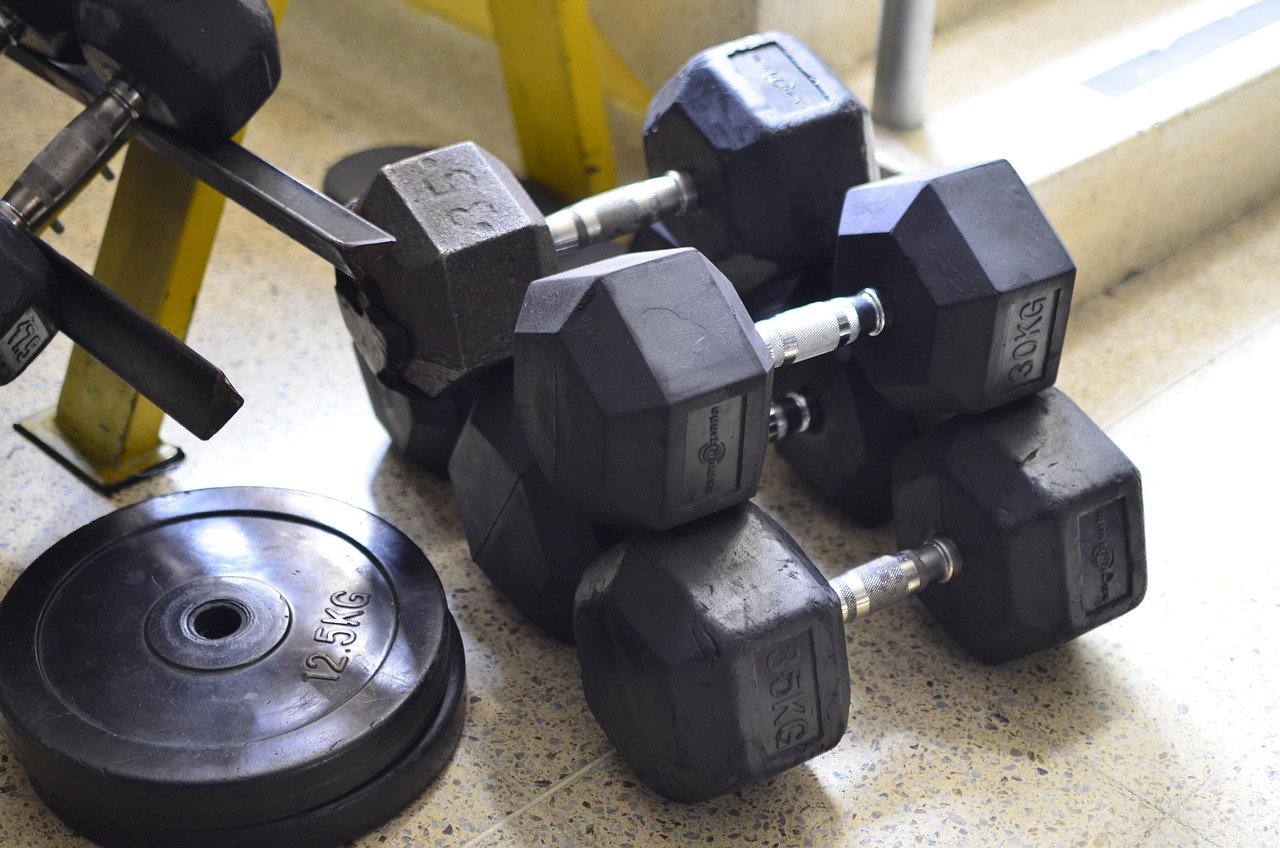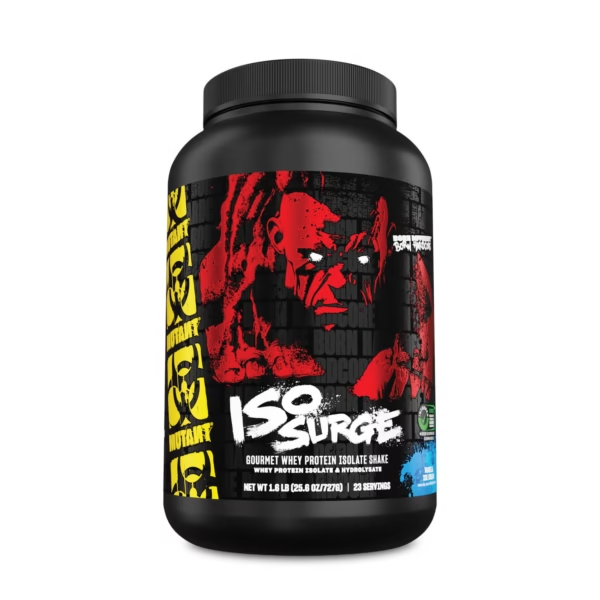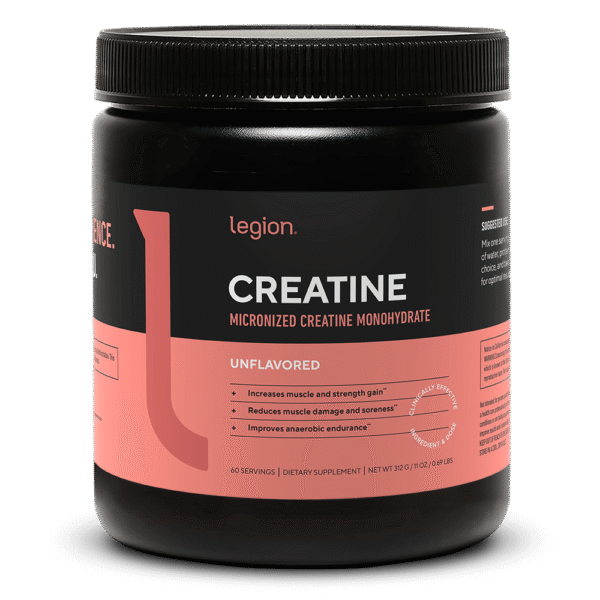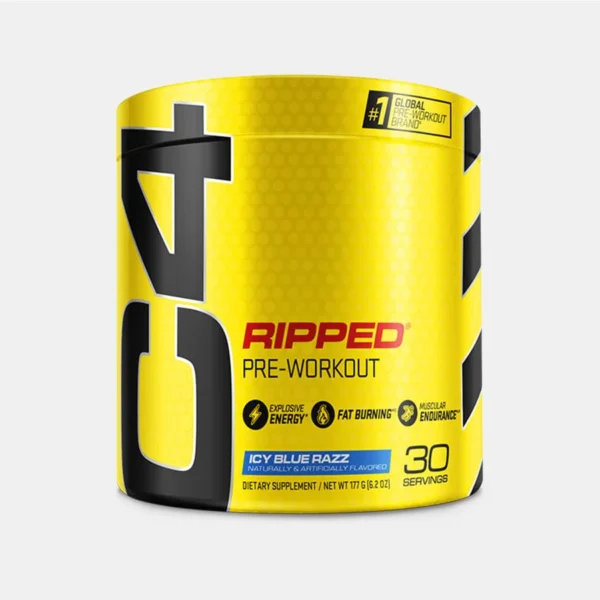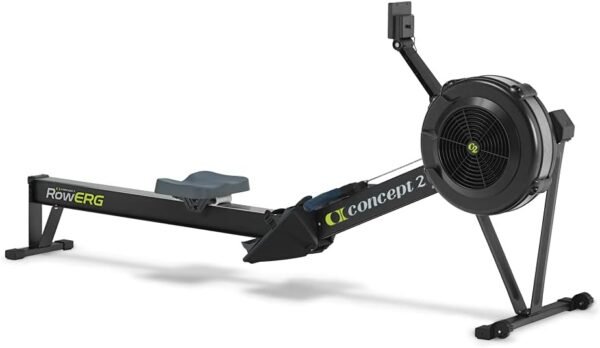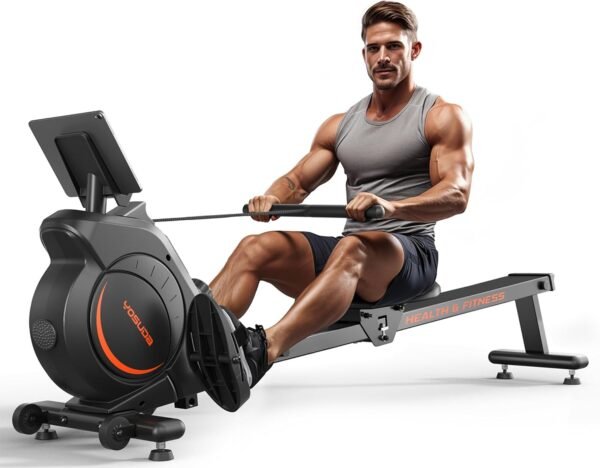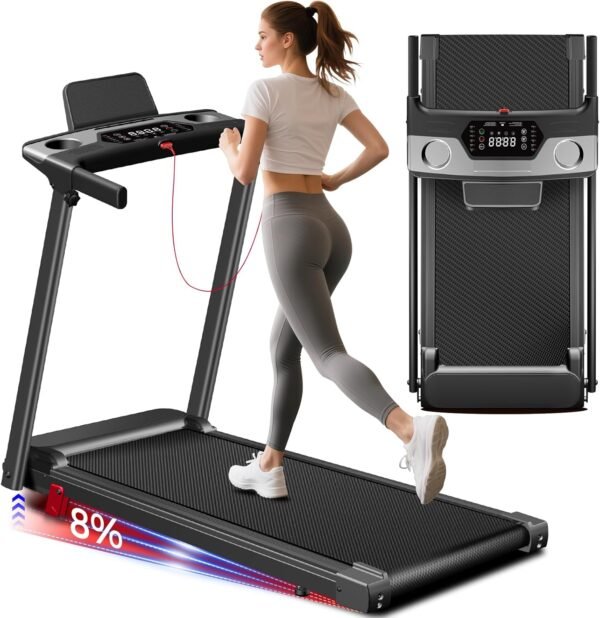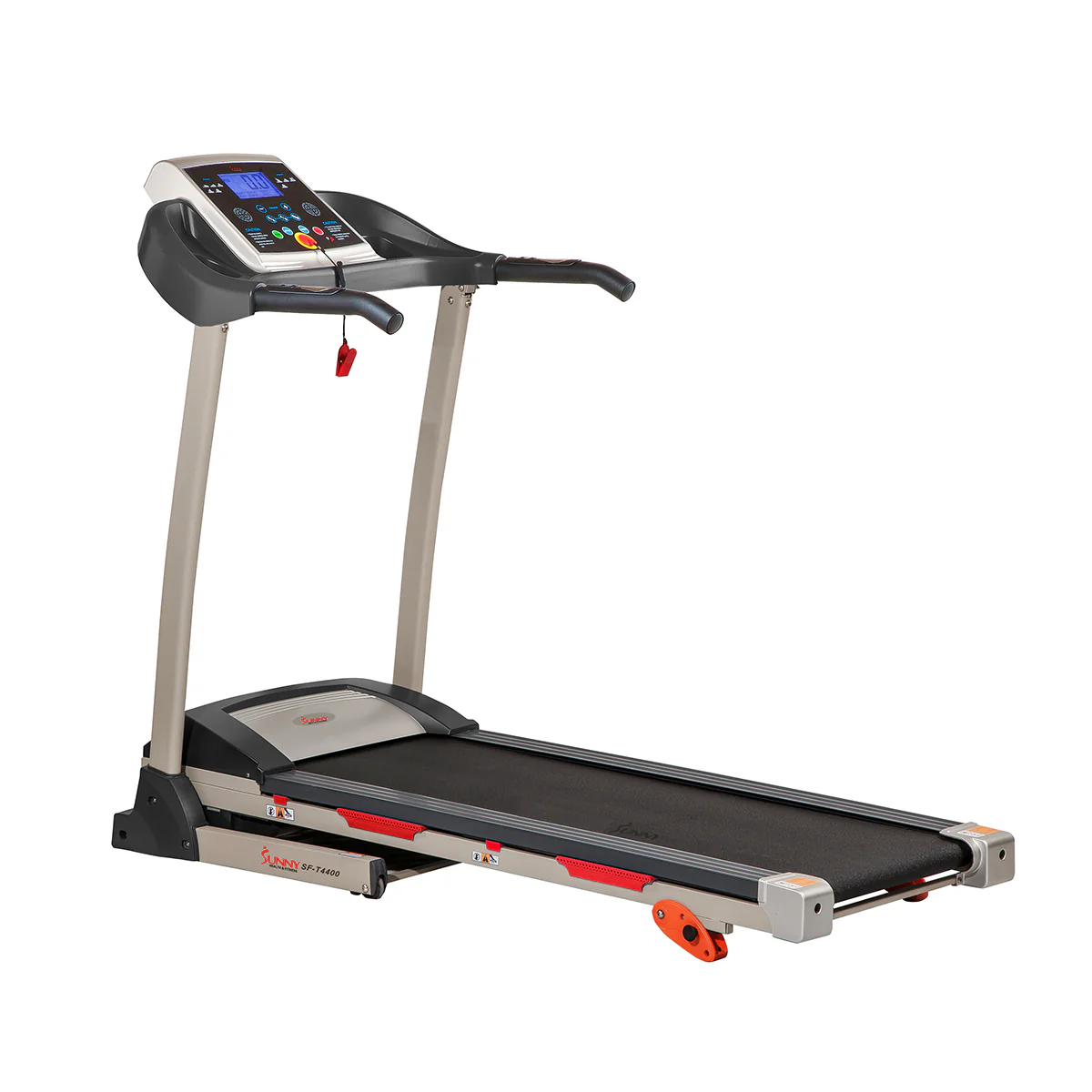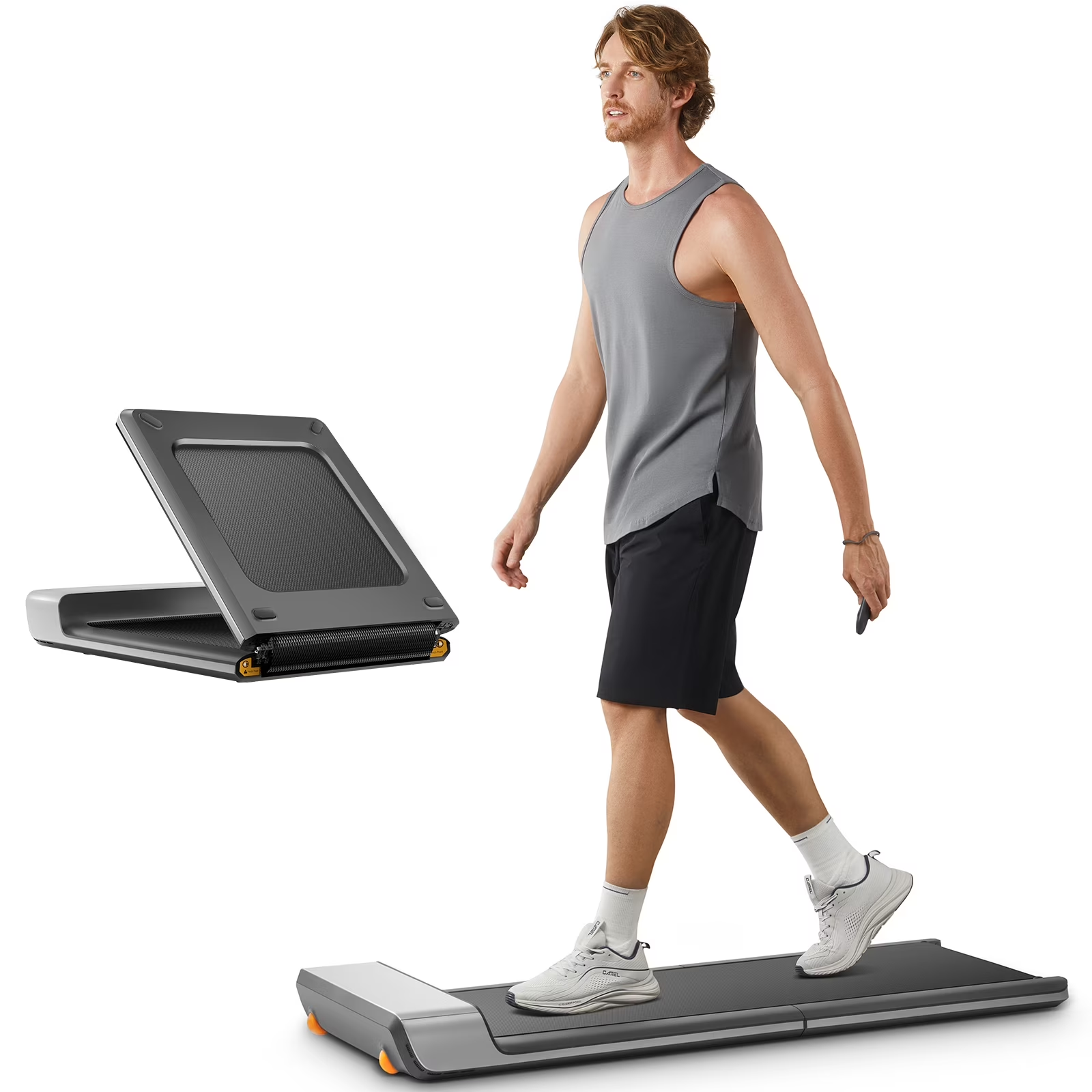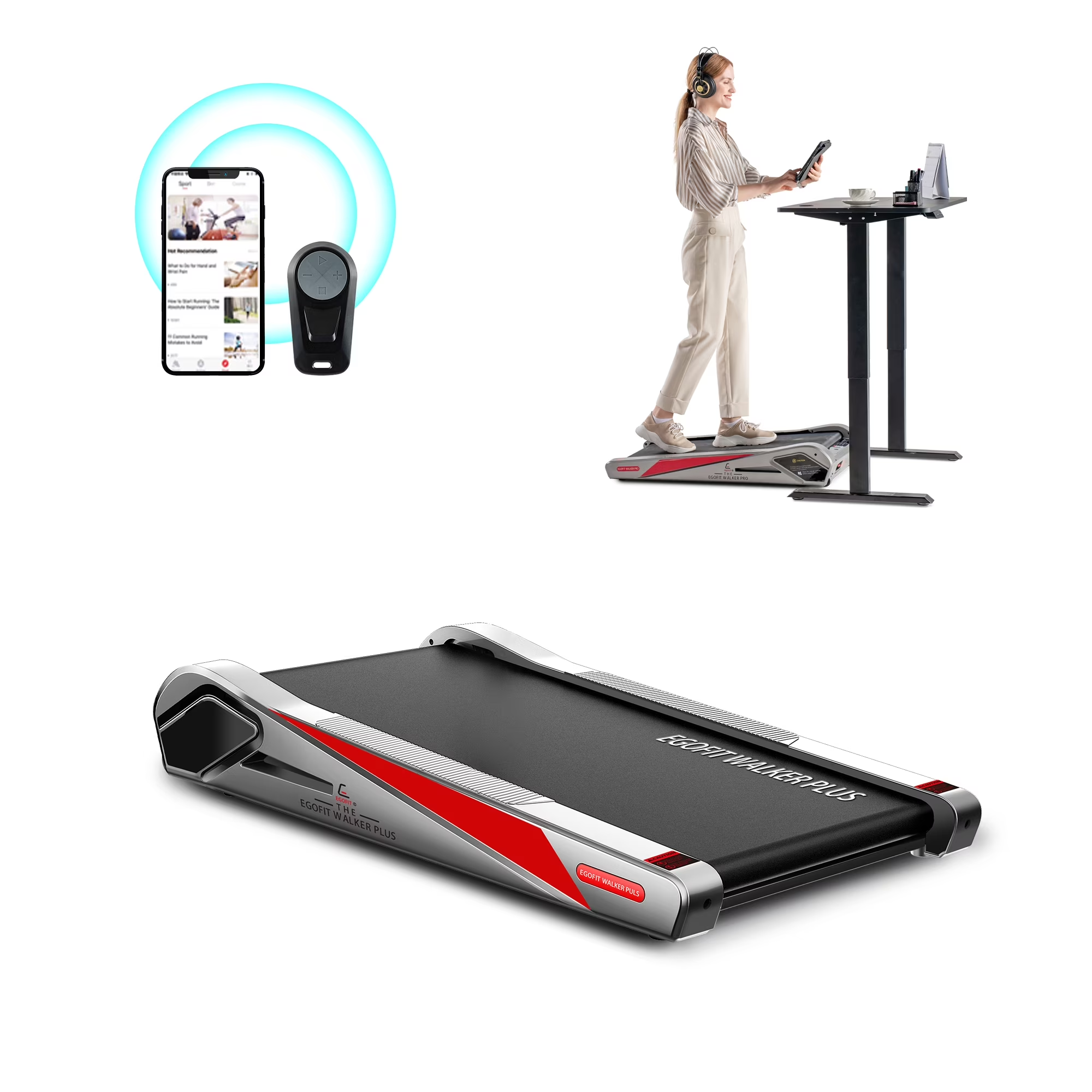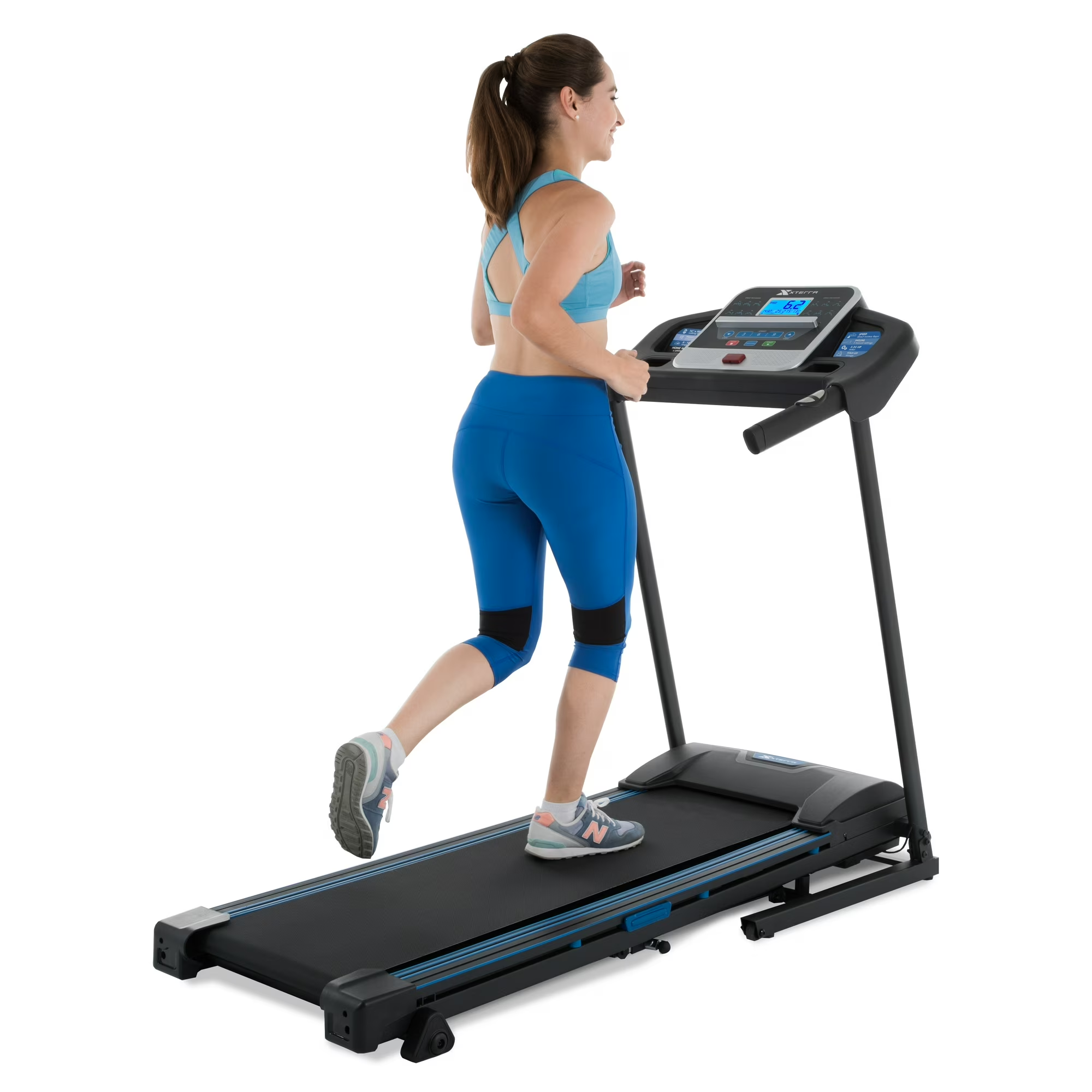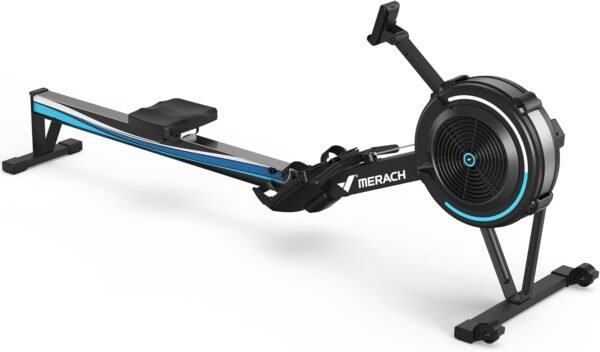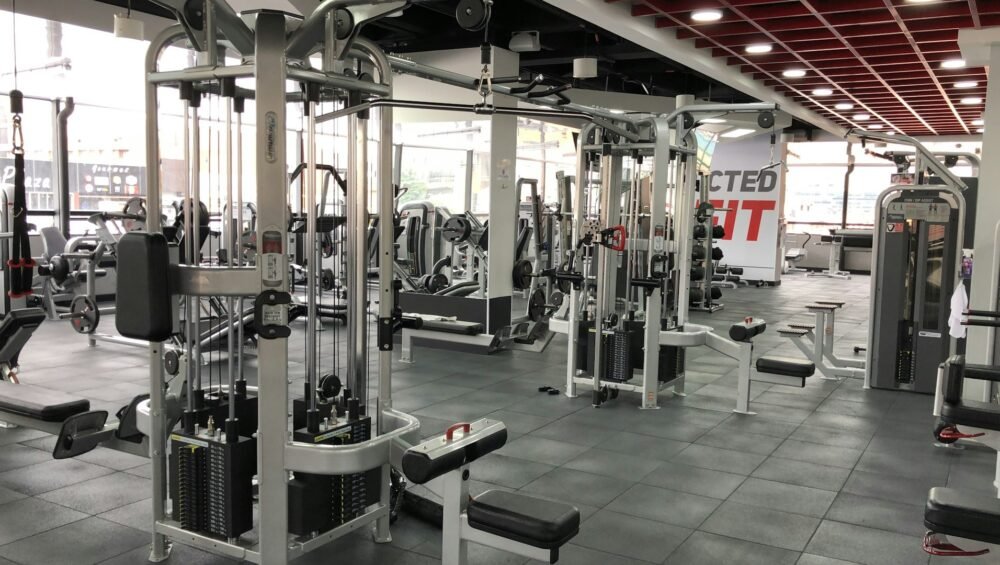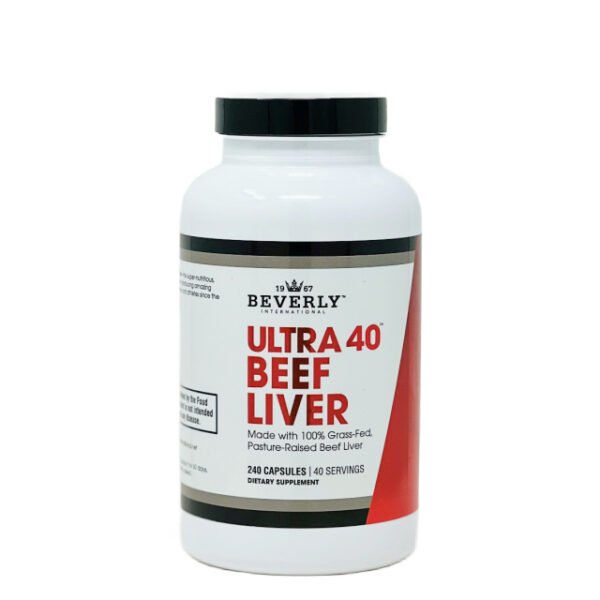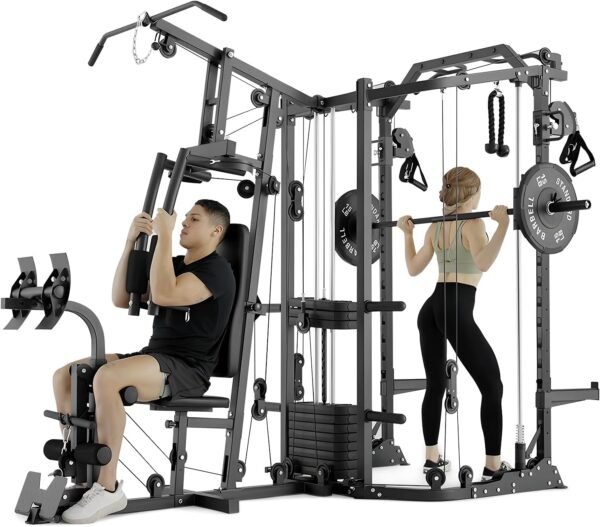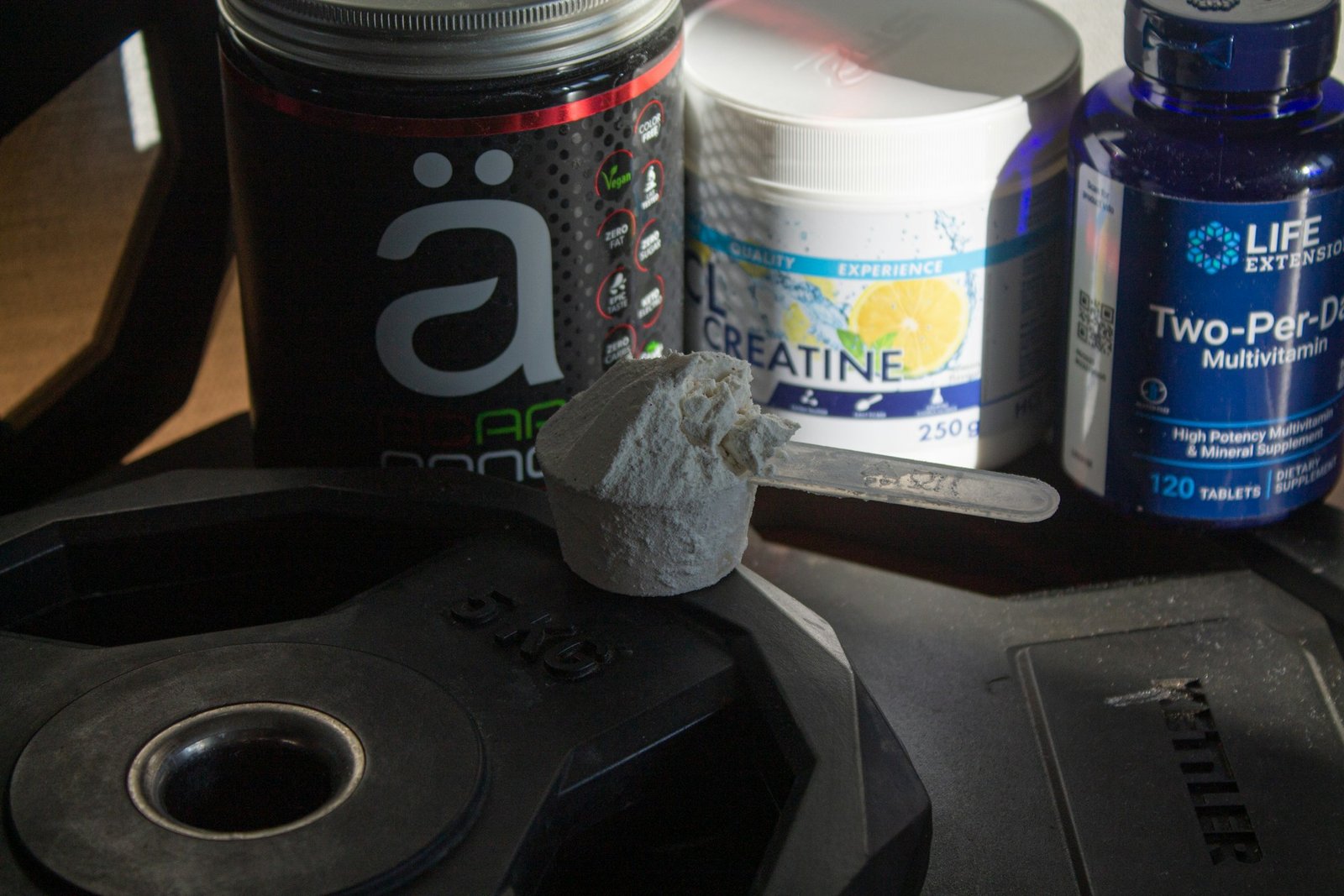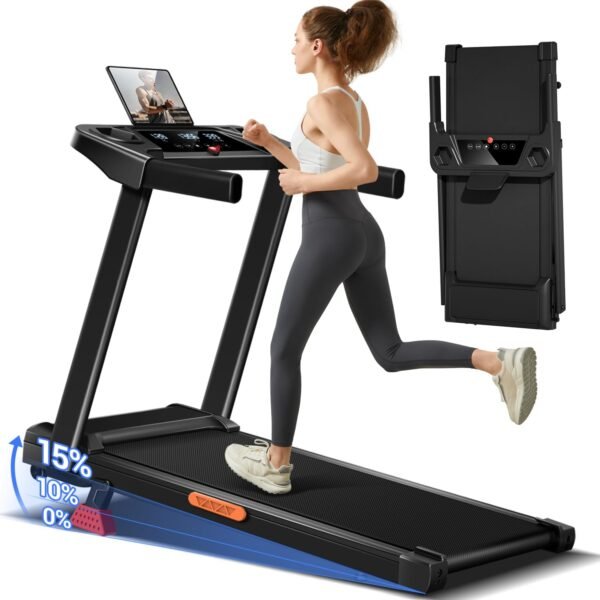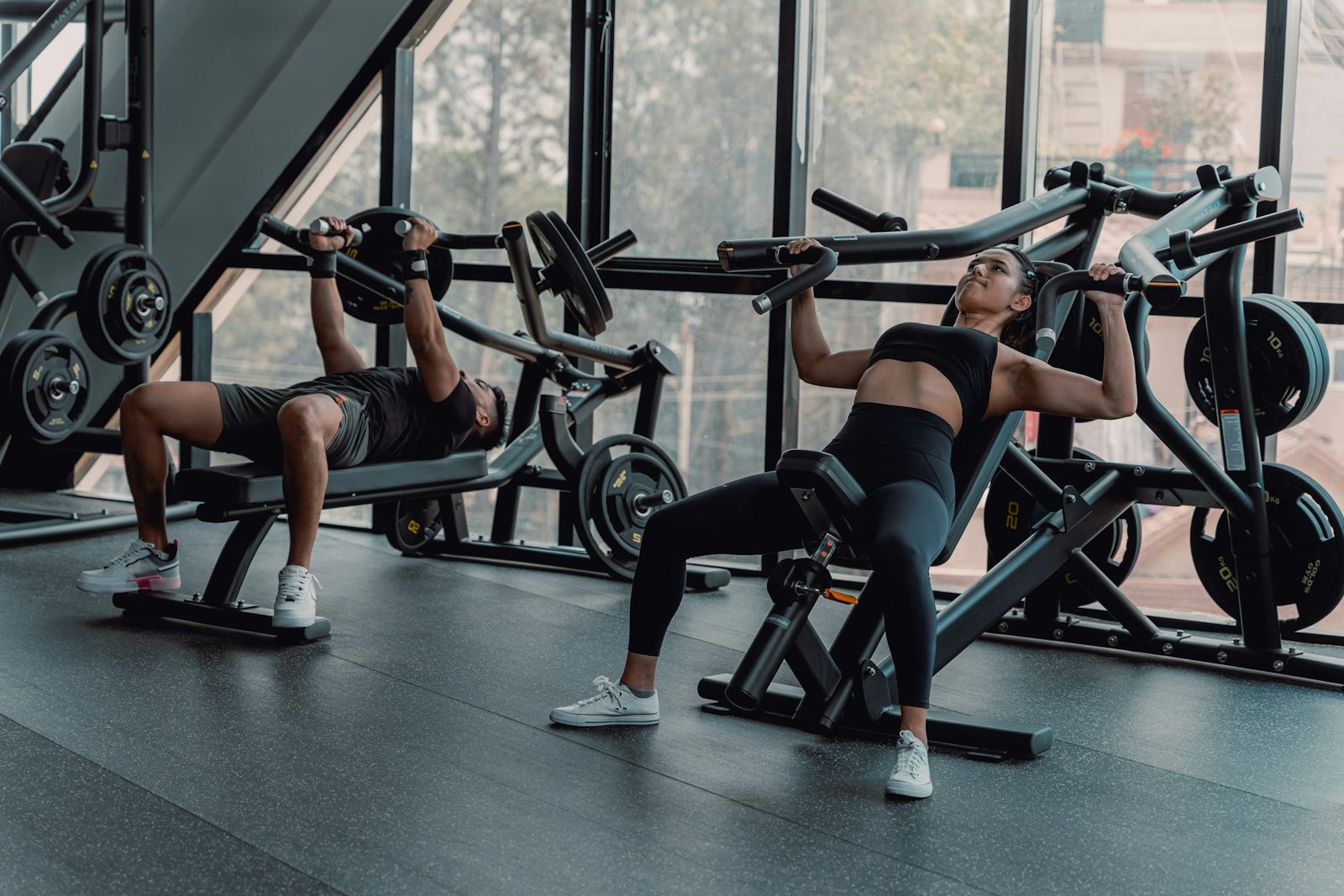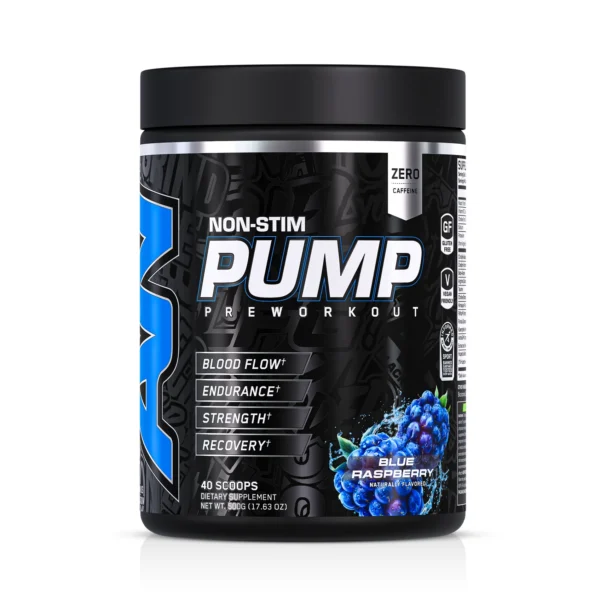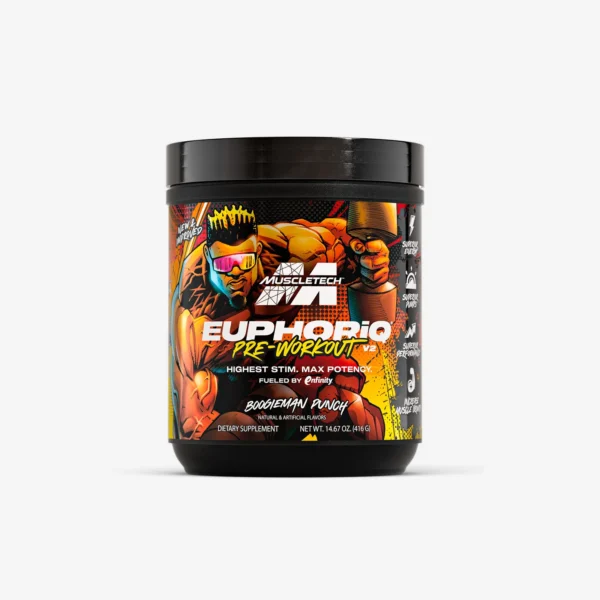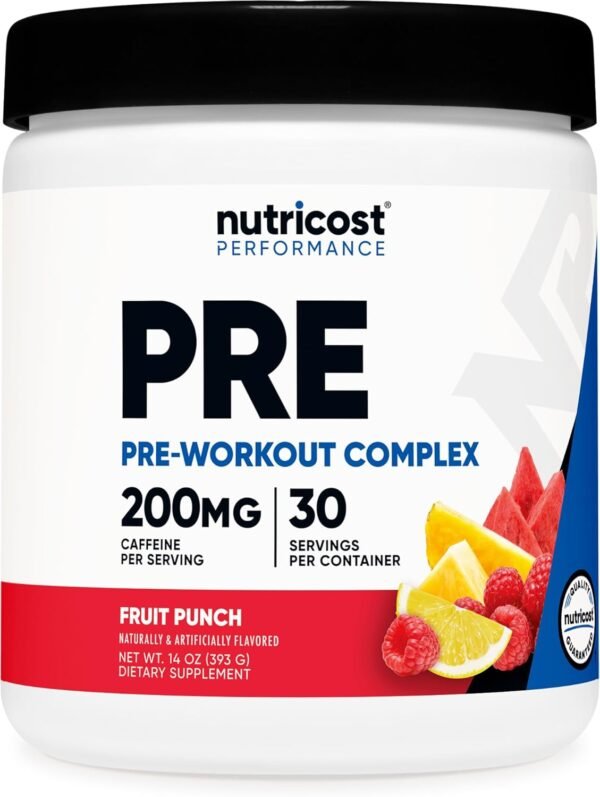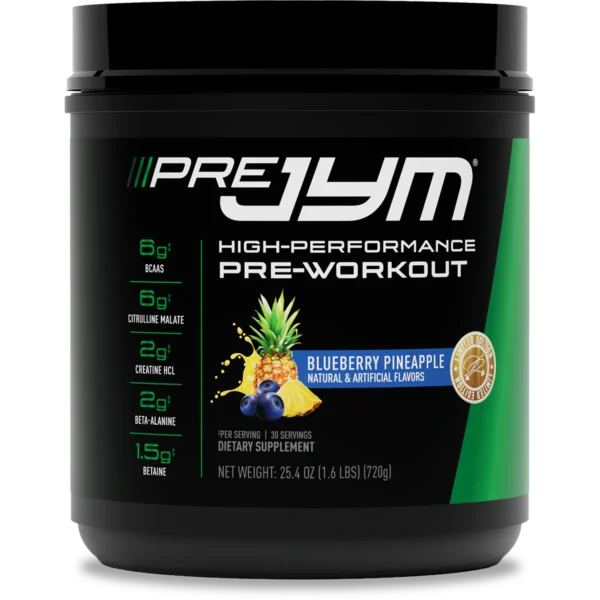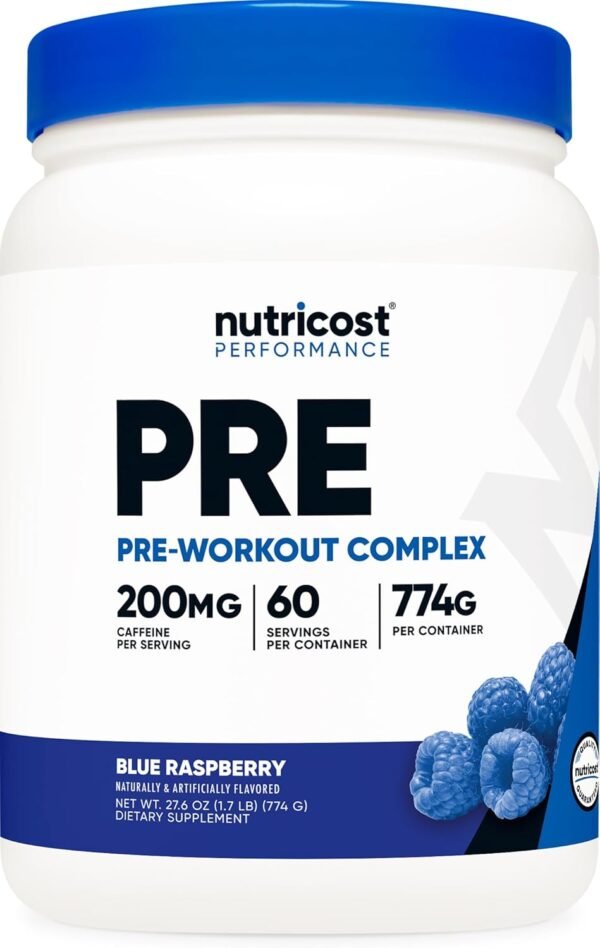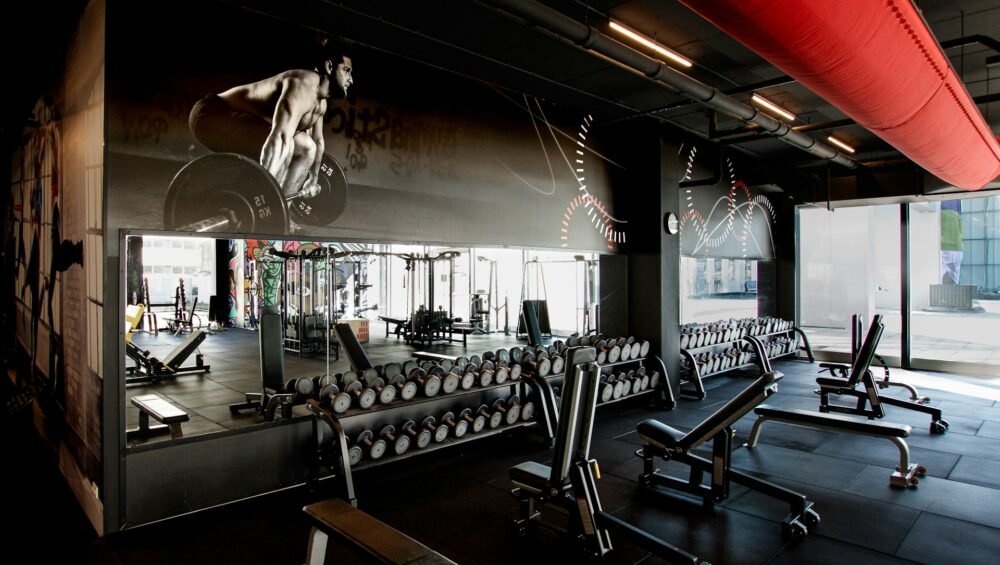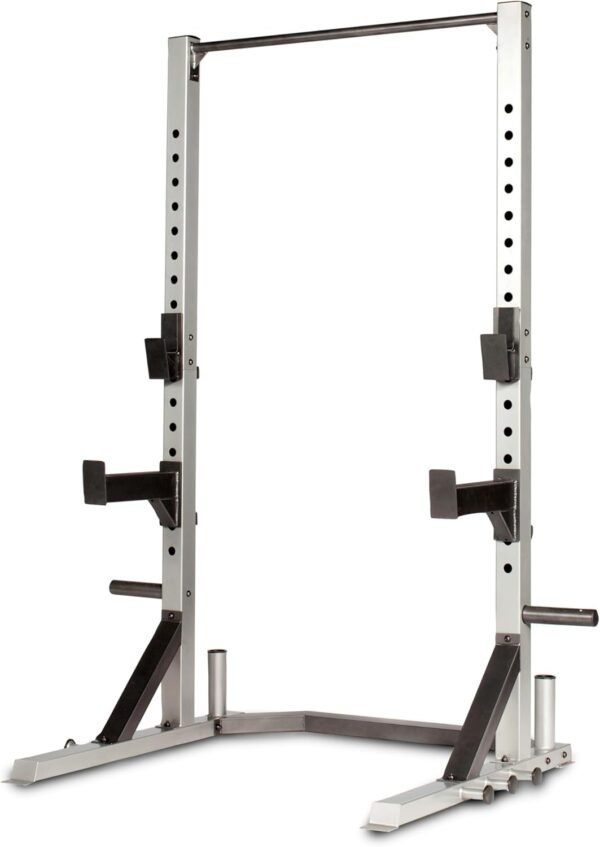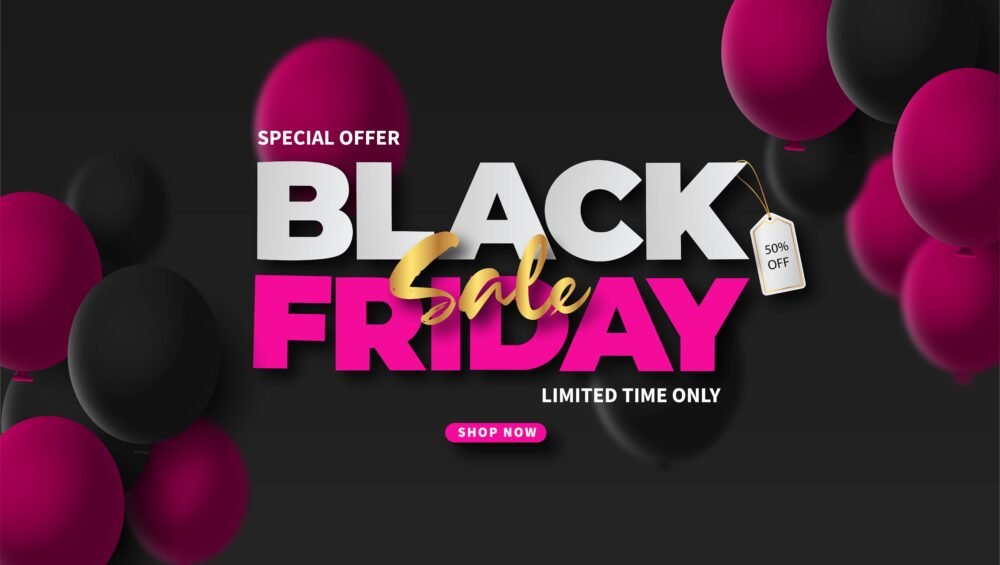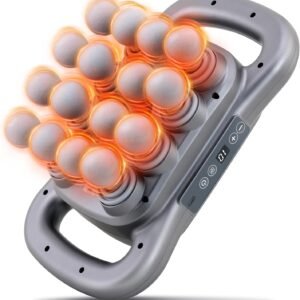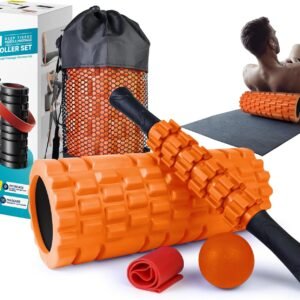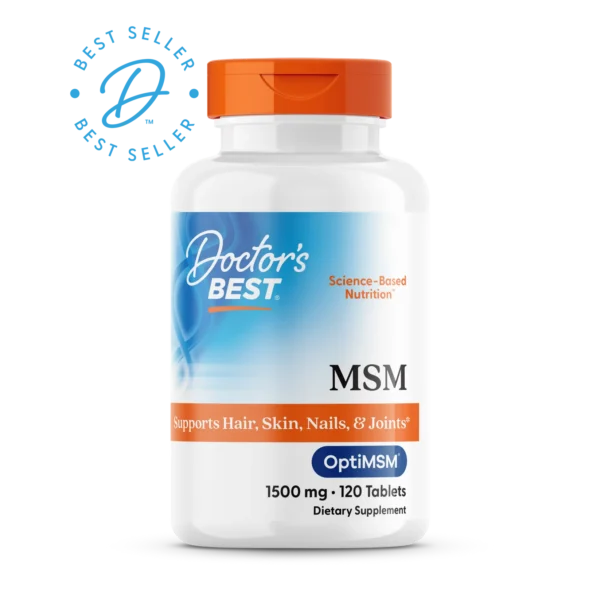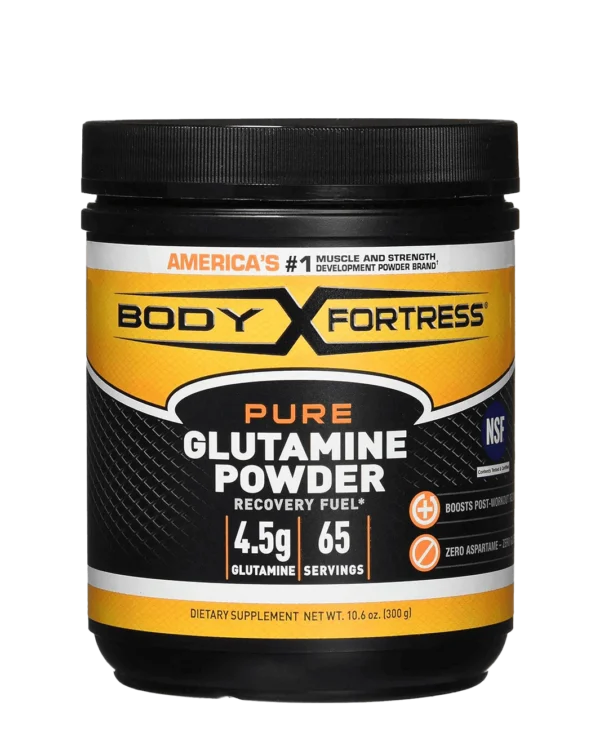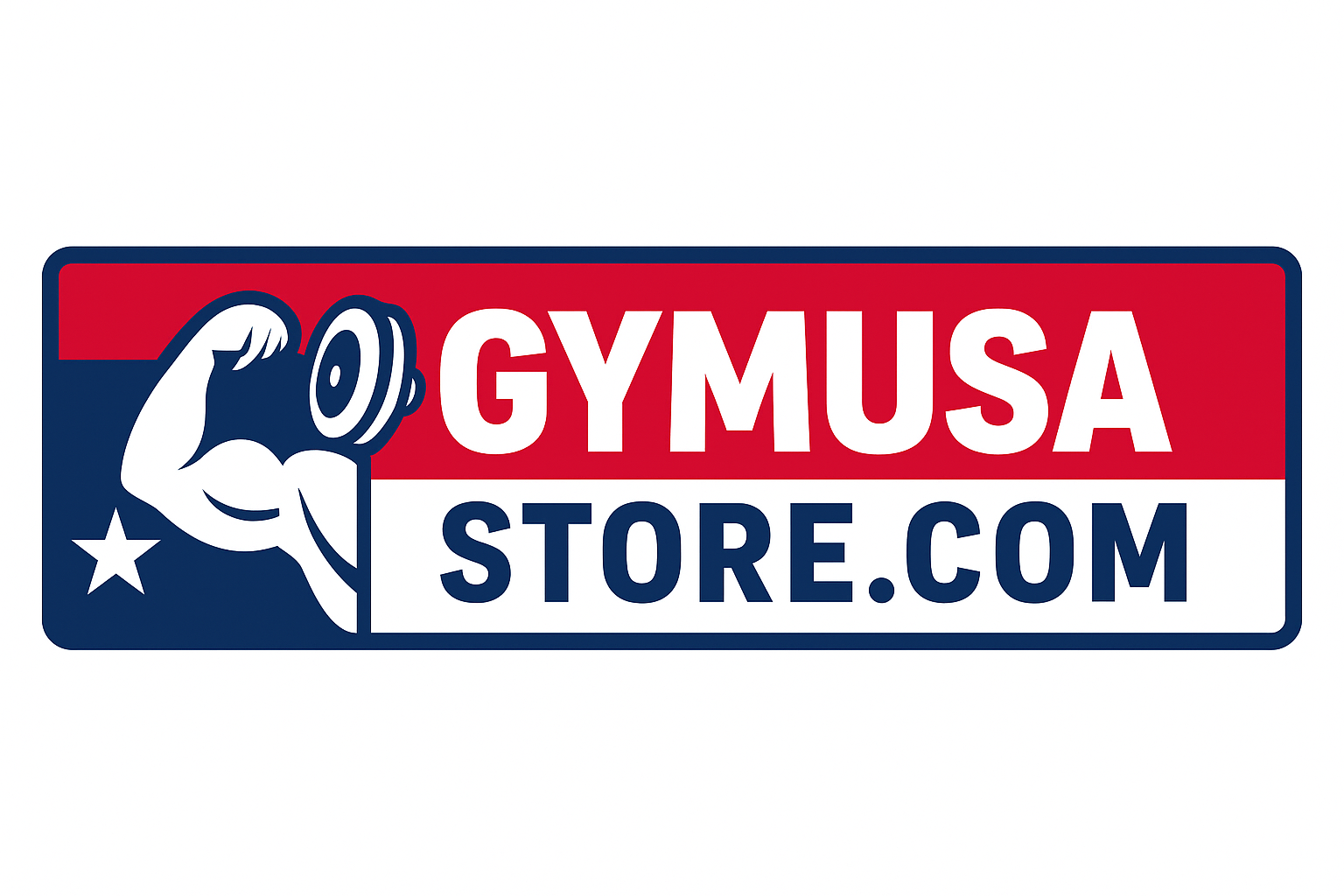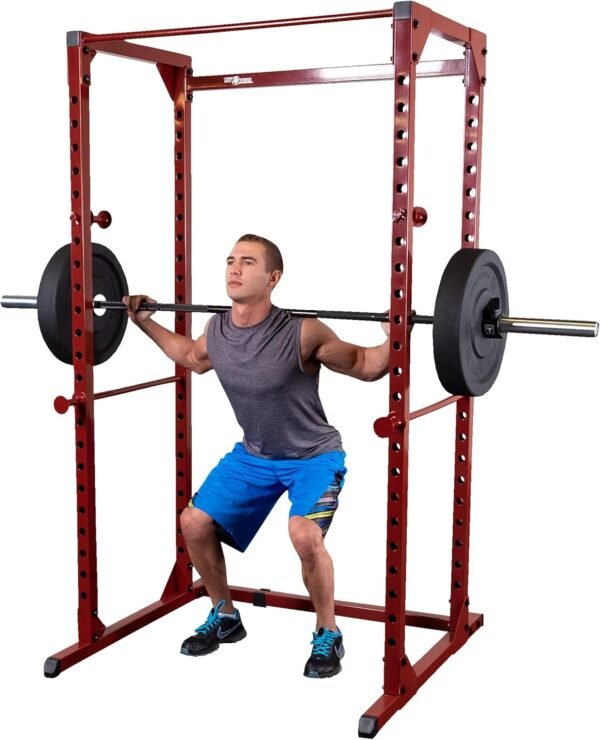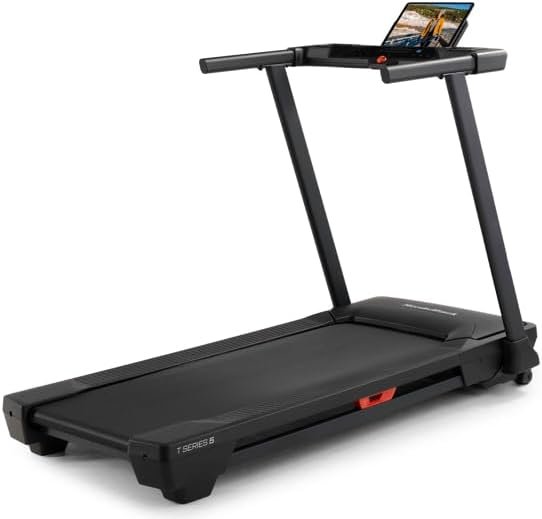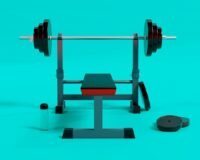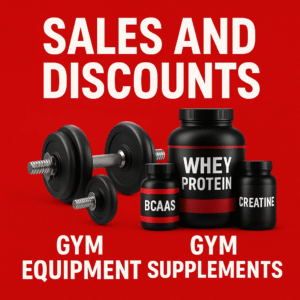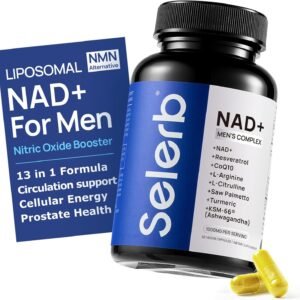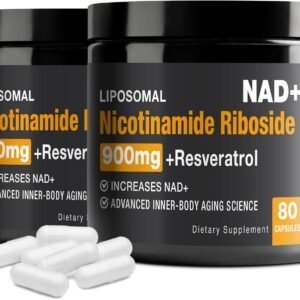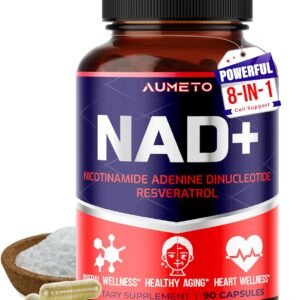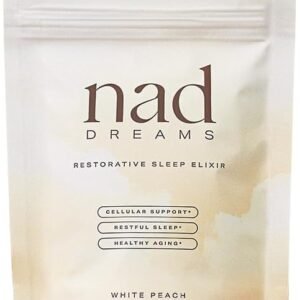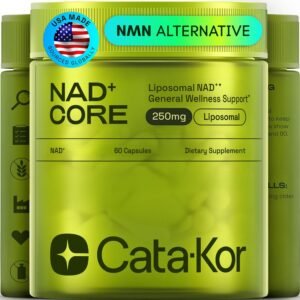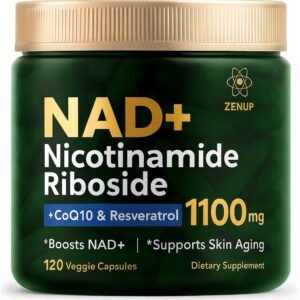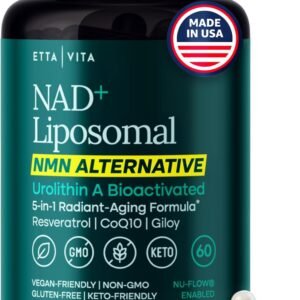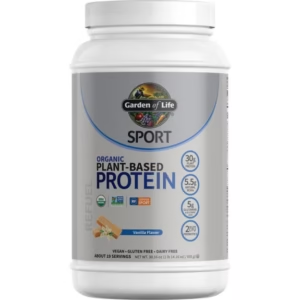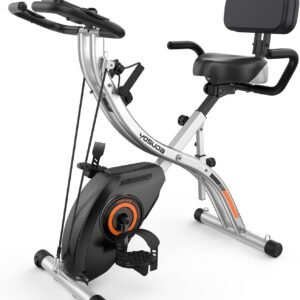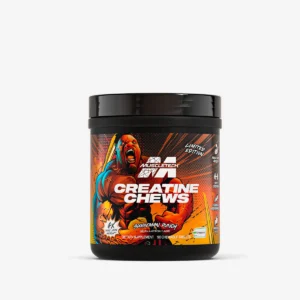Walk into most gyms in America, from franchise chains to boutique studios, and you’ll find rows of glossy machines, racks of dumbbells, motivational posters, and maybe a smoothie bar tucked in a corner. What you rarely see, however, is something that feels almost intuitive in the fitness world—supplements for sale. No protein powders lined up next to the water bottles, no shelves stacked with pre-workouts, creatine tubs, or recovery blends. In a country where the fitness and supplement industries both rake in billions annually, this absence is striking.
Why do so few gyms in the United States sell gym supplements, even though their clientele are the exact consumers who buy them? The answer lies at the intersection of business economics, legal complexity, cultural perception, and strategic branding. It’s a story about how trust, liability, regulation, and shifting consumer patterns shape what you see—or don’t see—inside your local gym.
The Economics of the Supplement-Free Gym
At first glance, selling supplements seems like a natural fit for a gym’s business model. After all, the overlap between gym-goers and supplement users is enormous. Surveys show that more than half of frequent gym members use protein powders or related nutritional products. Yet, surprisingly, gyms rarely treat supplements as a core retail category.
Most gyms in the U.S. make their money through three main streams: membership fees, personal training sessions, and occasionally, branded merchandise or food and beverage sales. The membership model itself is famously margin-tight. Fitness clubs rely on consistent renewals, low operational costs, and high member-to-square-foot ratios. Retailing supplements would seem like an easy way to increase revenue per member, but in practice, it often complicates operations.
Supplements require inventory space, proper storage, careful ordering, and staff who understand how to sell and explain the products. For large chains like Planet Fitness or Anytime Fitness, it’s far cheaper and simpler to stick to recurring digital payment systems than to train staff or manage physical stock. Chain executives also know that supplement margins can fluctuate dramatically. A typical markup might be 30% to 50%, but that competes with online retailers offering deep discounts and subscriptions that undercut any gym’s pricing power.
The convenience economy has shifted consumer habits. A gym member can open Amazon or Bodybuilding.com and have the same tub of whey protein delivered for less than what a gym could retail it for. Even if gyms tried selling products onsite, they must compete with both online pricing and breadth of selection—a nearly impossible task.
Liability: The Invisible Wall
Beyond economics, the greater obstacle is legal liability. Unlike selling branded shirts or bottled water, selling supplements comes with a distinct level of risk. The U.S. supplement industry operates under the FDA’s Dietary Supplement Health and Education Act (DSHEA) of 1994, which puts the responsibility for product safety primarily on manufacturers rather than retailers. Yet, when it comes to litigation or consumer complaints, retailers can still be dragged into lawsuits.
Many gym owners, especially franchisees, lack the legal infrastructure to navigate claims related to product purity, allergic reactions, or inaccurate labeling. The supplement industry, despite being huge, occupies a gray zone in regulation: products are not pre-approved by the FDA, meaning oversight is largely reactive.
If a gym sells a supplement later found to contain banned substances or undeclared ingredients—a not-uncommon occurrence—it risks reputational damage and potential liability. For a small or mid-sized gym, such a scenario could be financially devastating.
Liability also bleeds into ethical perception. Trainers and gym staff often serve as informal authorities on nutrition. When a gym sells a supplement, it sends an implicit message: We endorse this product. That can create ethical tension if staff lack nutrition credentials or if a member experiences side effects. Large corporate gym brands, tightly controlled by legal teams, err on the side of minimal exposure. This is why even high-end chains like Equinox sell branded apparel or recovery drinks but avoid direct supplement retail in most locations.
The Franchise Model: Layers of Control and Restriction
Most gyms in the United States are franchises. That structure adds another layer of complexity. Franchisees operate under strict brand guidelines that regulate not only the gym’s appearance and marketing but also what can or cannot be sold onsite.
Corporate headquarters craft these policies to maintain brand uniformity and avoid any controversies that could harm the parent brand nationally. Supplements fall squarely into the “too risky” category. Planet Fitness, for example, positions itself around inclusivity and non-intimidation—a “Judgment-Free Zone.” Selling bodybuilding supplements could conflict with that branding. LA Fitness and Crunch, though more performance-oriented, still must consider nationwide consistency.
A few independent gyms or cross-training facilities—especially old-school bodybuilding gyms—do still sell supplements at the front desk. But these are exceptions, often owner-operated facilities where the clientele explicitly expects performance-focused products. Even then, most of these gyms carry only a small selection from known brands and often face slim margins after dealing with distributors.
The modern franchise model has streamlined the fitness business but also flattened its individuality. Selling supplements introduces variables—inventory variance, regional distributor irregularities, spoilage risk—that centralized business models avoid at all costs.
Cultural Shifts and Consumer Distrust
The American consumer’s relationship with supplements is complicated. Although the market for dietary supplements is massive—estimated at over $60 billion—trust remains fragile. The industry’s recurring scandals, from spiked pre-workouts to contaminated protein powders, have made casual consumers wary.
Gyms, in turn, have adapted to changing public sentiment. Over the past two decades, fitness culture has diversified beyond bodybuilding into wellness, group training, and lifestyle coaching. Today’s gym-goer might be more interested in balance and recovery than maximum muscle hypertrophy. Offering supplements, especially performance-heavy ones, could alienate these newer demographics.
Moreover, the clean-eating and whole-food movement has shifted perceptions of what “fitness nutrition” means. For many, buying a supplement feels less credible than consuming fresh smoothies or protein-rich meals. Gyms have pivoted accordingly; many now offer smoothie bars, recovery shakes, or meal prep collaborations—products perceived as more natural and lifestyle-friendly than powder-filled tubs.
The rise of holistic fitness—blending mindfulness, nutrition, and community—has reframed the very image of what a modern gym should represent. In this new vision, supplements feel outdated, even suspect, a relic of the 1990s bodybuilding culture.
The Battle for Customer Trust
Trust, more than profit, may be the biggest barrier to gym-based supplement sales. The relationship between gym and member is intimate yet fragile. Members trust gyms to provide a safe environment and qualified guidance. For a gym to maintain that trust, transparency and credibility are paramount.
If a gym sells a supplement and a member later feels misled—say, the product doesn’t work as promised or causes an adverse reaction—that bond fractures. In an era where Yelp reviews and social media amplify every complaint, gyms cannot afford even isolated trust violations.
Furthermore, supplement sales require a level of expertise that gyms rarely possess in-house. Personal trainers, even certified ones, are not necessarily licensed nutritionists or dietitians. If they recommend a product sold onsite, that endorsement could be misconstrued as medical advice. The legal gray area between advising and prescribing adds another layer of risk.
Corporate gyms would rather direct their resources toward noncontroversial wellness services—like personal training packages, app integrations, or branded hydration—to protect that trust.
The Rise of the Digital Fitness-Supplement Split
The separation between gyms and supplements also reflects a broader industry evolution. The digital revolution has effectively divided the fitness experience into two ecosystems: physical training spaces and online retail ecosystems. Gyms handle the physical journey; digital platforms handle the nutritional one.
E-commerce giants like Amazon, GNC, and MyProtein have optimized logistics, marketing, and education around supplement sales. They’ve built massive trust networks through reviews, influencer partnerships, and data-driven recommendations. Their infrastructure dwarfs what any local gym could offer. It’s not just about selling a tub of protein—it’s about providing comparison tools, subscription options, detailed nutrient breakdowns, and reward programs.
For the average gym, competing in this space makes little sense. Instead, gyms have leaned into affiliate partnerships, allowing members to earn discounts through external links or QR codes rather than direct retail. This indirect association eliminates inventory burdens while still letting gyms share in the profit through referral commissions.
Many gym franchises have quietly entered the supplement market this way, through behind-the-scenes collaborations and online partnerships. Members might see posters or digital screens promoting “recommended” brands, but the transaction itself happens offsite.
$1,299.99 Original price was: $1,299.99.$1,099.99Current price is: $1,099.99.
Transform your home gym with this comprehensive all-in-one strength training system. The GMWD Smith Machine Power Cage integrates a smith machine, power cage, functional trainer, and cable crossover into a single, space-efficient unit. It’s designed for serious fitness enthusiasts who want a full range of resistance training options without filling their space with multiple machines.
Historical Roots: A Culture That Separated Sweat and Sales
Decades ago, gyms were tightly connected to supplement culture. During the golden age of bodybuilding in the 1970s and 1980s, places like Gold’s Gym were hotbeds for supplement experimentation. Protein powders and amino tablets were sold from behind the front desk, often alongside branded gym apparel. The gym and the supplement brand were intertwined, feeding off each other’s reputation within niche communities.
But the modern fitness landscape is far broader, spanning yoga, HIIT, CrossFit, and budget gyms. This diversification diluted the hardcore subculture that once made supplements a natural part of gym life. Many new gyms favor slick design, family-friendly atmospheres, and scalable revenue systems—all of which reward standardization over product experimentation.
In large part, commercial fitness has become a membership economy rather than a lifestyle retail economy. The more automated the model, the less it depends on secondary sales. Every operational detail—from staff training to interior layout—is optimized for self-service efficiency, not active selling.
The Few Who Still Sell: Why It Works for Them
There are exceptions worth noting—gyms that seamlessly integrate supplement sales into their identity. These are usually specialized fitness centers that blend training, retail, and education into one ecosystem.
CrossFit boxes, performance labs, and MMA clubs sometimes carry curated lines of supplements that align with their philosophy. Their success often depends on three things: authenticity, expertise, and alignment. The trainers may hold both sports nutrition and strength certifications, giving them a credible voice. The membership base often seeks measurable performance outcomes, creating genuine demand for recovery aids and ergogenic products.
$249.99 Original price was: $249.99.$199.99Current price is: $199.99.
Upgrade your home workouts with the 3-in-1 Foldable Treadmill with 15% Incline — a powerful, space-saving fitness solution designed for walking, jogging, and running. This advanced treadmill combines performance, versatility, and style, making it perfect for home, office, or apartment use.
Boutique gyms that target small communities can also leverage personal trust. When the owner knows members by name, a product recommendation carries the weight of personal integrity rather than corporate salesmanship. For these spaces, supplement retail is not a revenue crutch but a value-adding service that complements their brand ethos.
This model, however, doesn’t scale easily. Once trust becomes decentralized—as in large franchises—the delicate balance between authenticity and liability collapses. The factors that allow small gyms to sell supplements successfully are precisely the ones impossible for vast corporate chains to replicate.
A Glimpse into the Future: Integration or Division?
Will this divide between gyms and supplements ever close? Possibly, but only through technological and regulatory innovation.
Two trends could reshape this landscape in the coming decade. First, the integration of personalized health data. As wearable tech evolves, gyms and wellness ecosystems may use individualized analytics to recommend nutrition solutions tailored to each member’s metabolic profile. If such systems receive regulatory clearance and clear liability protections, gyms could safely re-enter the supplement space.
Second, the rise of micro-partnerships between gyms and supplement startups may bridge the experiential gap. Instead of traditional retail, gyms might host educational workshops or digital kiosks that let members learn about products before purchasing online. This model prioritizes transparency and empowerment rather than aggressive sales.
That hybrid approach—education plus integration—could redefine the supplement presence within fitness spaces. It would turn gyms from passive training venues into complete wellness ecosystems, without forcing them to bear retail risk directly.
But for now, most gyms will continue focusing on what they do best: providing space, structure, and community for physical transformation—not selling powders and capsules.
The Bigger Picture
The absence of supplements on gym shelves tells us something profound about how the fitness industry has evolved. It’s not just about risk avoidance or missed profit—it’s about shifting trust systems in modern consumer life. Gyms no longer compete with local stores; they coexist with digital giants. People no longer rely on front-desk attendants for advice; they trust influencers, science communicators, and online reviews.
In many ways, this separation mirrors a larger societal change. Fitness and nutrition, though deeply intertwined in theory, have become separate economies in practice. The gym cultivates discipline and routine; the supplement industry sells convenience and optimization. The bridge between them—a sense of personal trust—has thinned in an age dominated by automation and scale.
So the next time someone finishes a workout and reaches for their protein shake, it’s worth noticing where that shake came from. It probably wasn’t purchased at the gym desk but ordered online, cross-referenced with reviews, and shipped from a warehouse hundreds of miles away. That quiet detail speaks volumes about the modern fitness world—a world where gyms build bodies, but digital platforms sell the fuel.

